At-Sea Sampling
The at-sea sampling provide an overall index of the commercial catch in the LFA’s from juveniles to markets as well as other species interactions by way of by-catch. As well the sampling provides data on berried females, egg developments and release timing. This sampling allows GCIFA to contribute to the data sets being collected for all of Atlantic Canada on lobster initiatives through the Canadian Fisheries Research Network on lobster biology and health.
The lobster technician and student interns conduct at-sea lobster samples, for industry during the lobster season, with fishermen from various ports within the LFA’s. This will be repeated to include beginning, mid-way and end of season data sets. This will add to and continue the data contribution for the commercial fishery and provide information on the window measure (114-124mm) contribution. During the at-sea sample the technician and students record, measure, sex and complete health records for all lobsters by trap haul. Temperature, weather conditions and GPS locations will be recorded. The window (114mm-124mm) and v-notch captures or recaptures are documented and added to the data sets being collected on a daily basis, by the lobster fishermen to assess their continued contribution to conservation. As well all incidental catch/by-catch caught in the traps will be officially recorded, identified and returned per trap haul. This will satisfy eco-certification requirements for recorded by-catch and DFO monitoring of endangered and threatened species protocol.
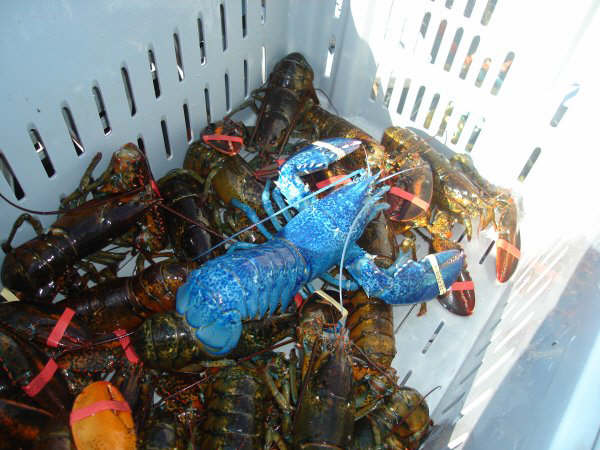
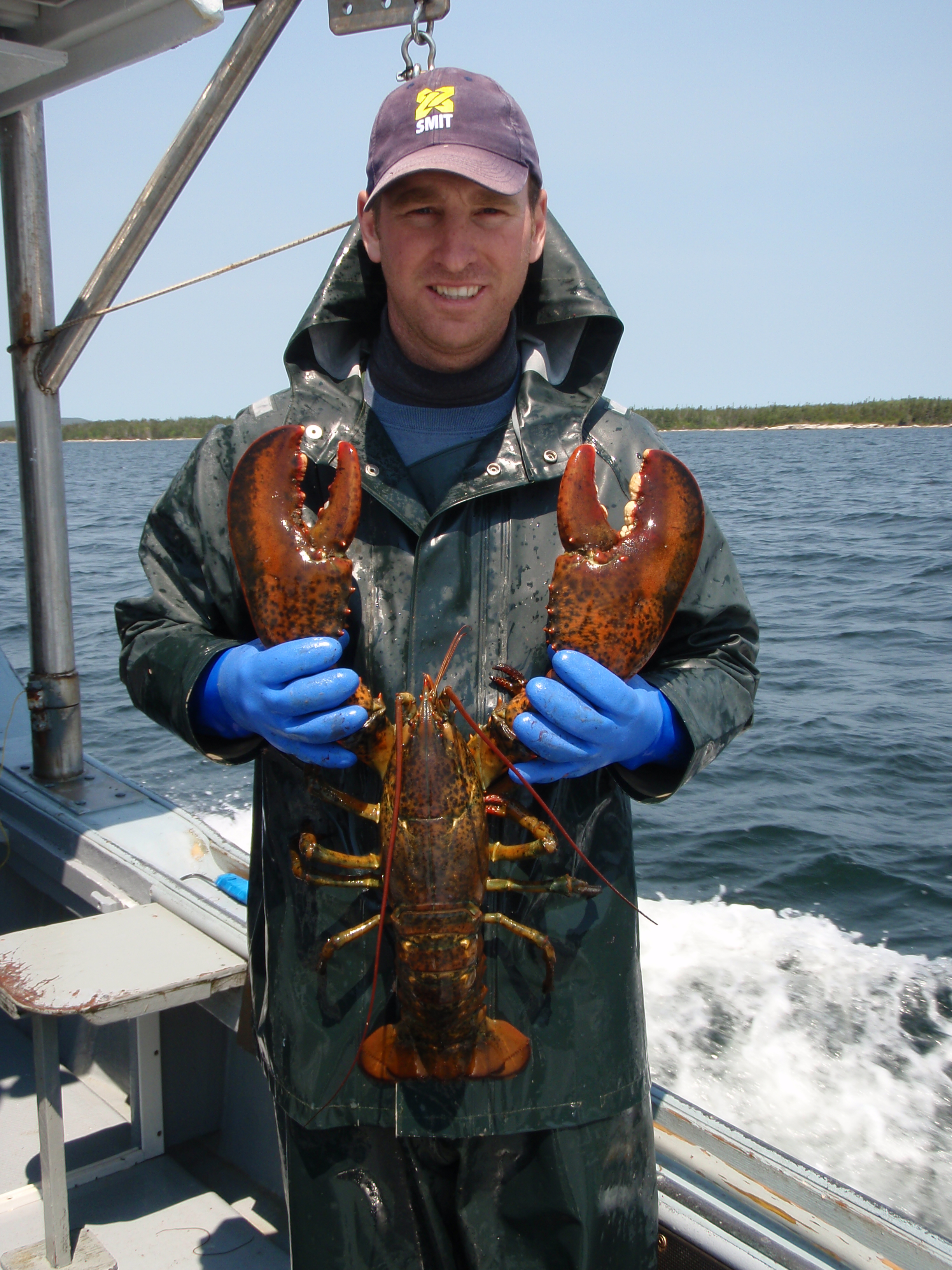
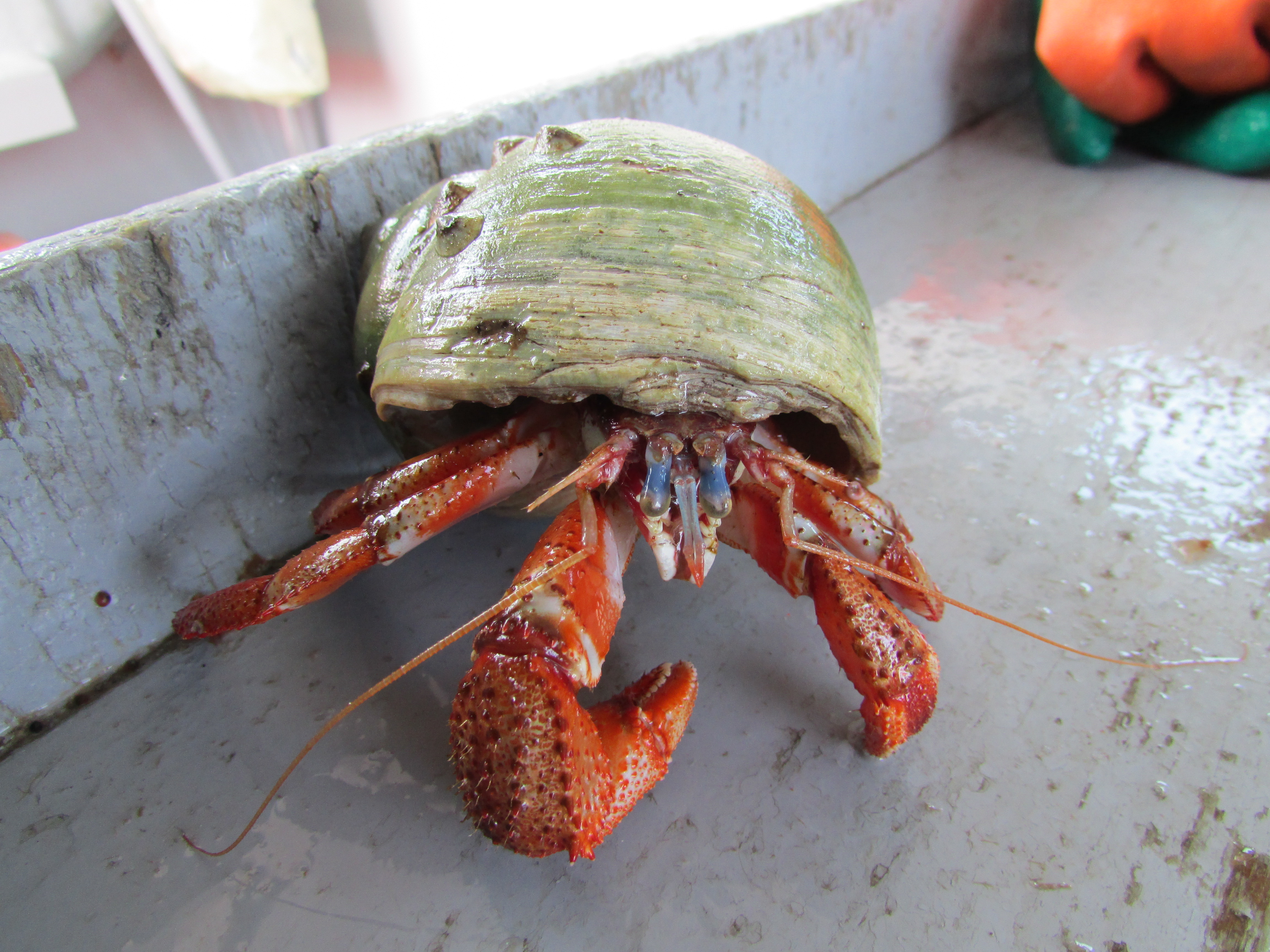
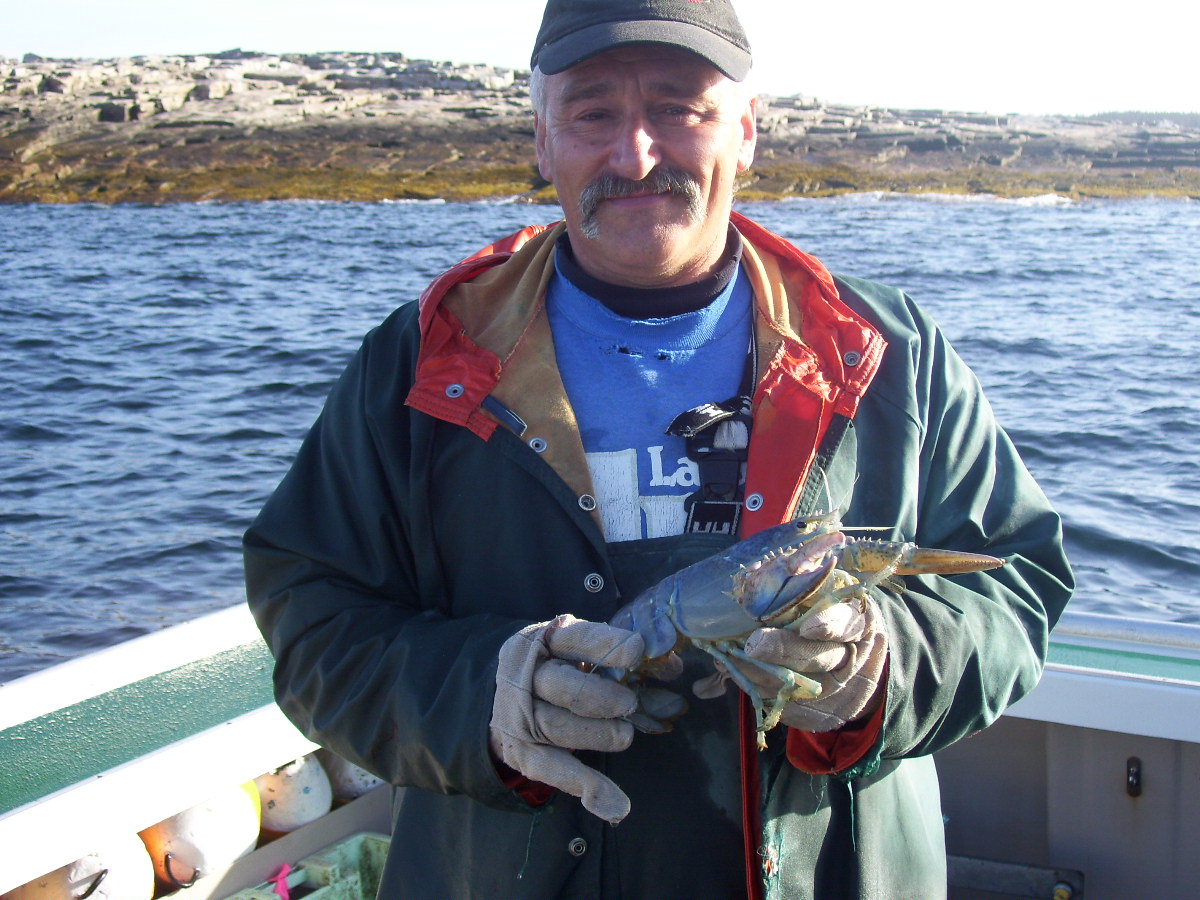
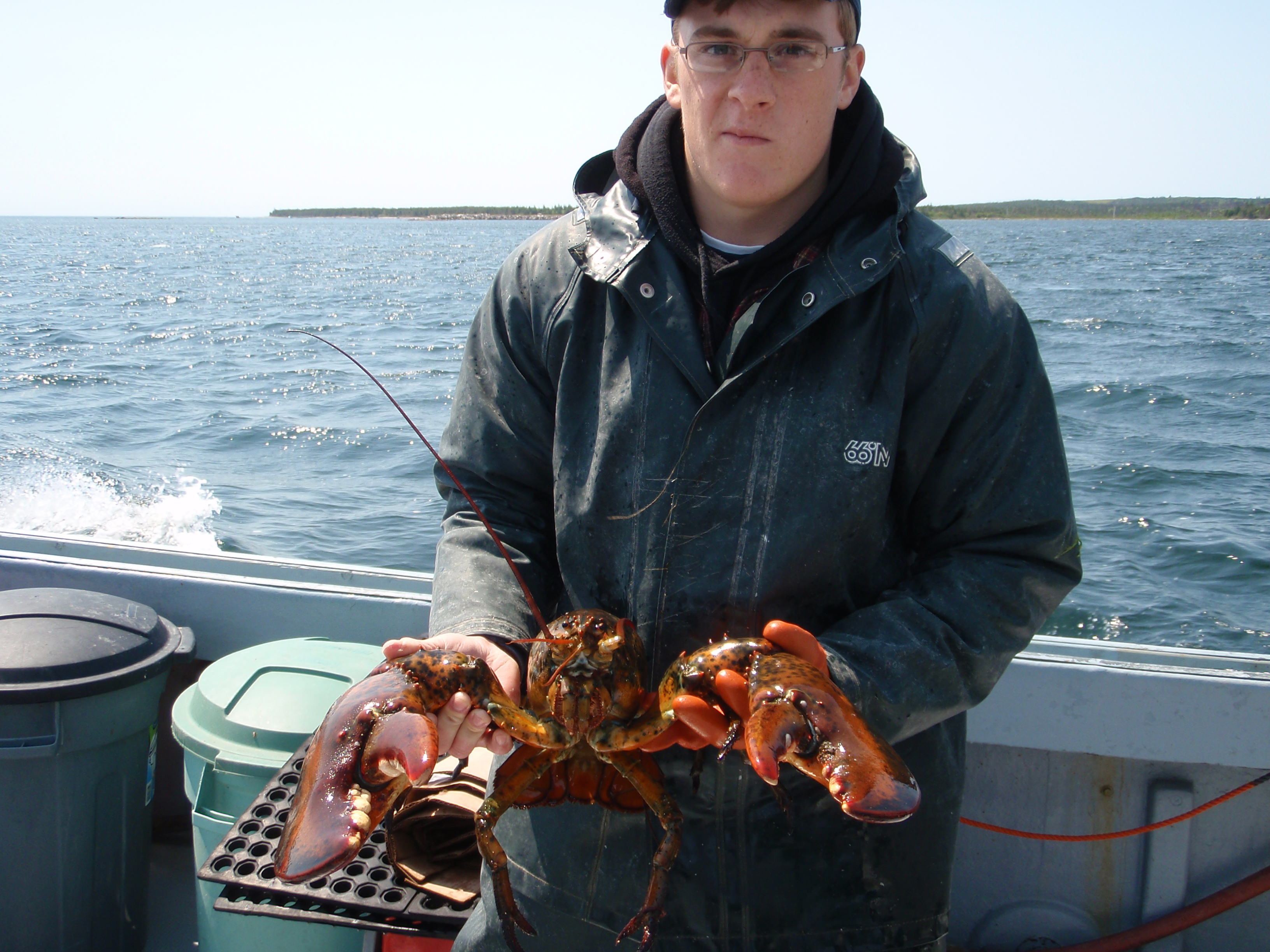

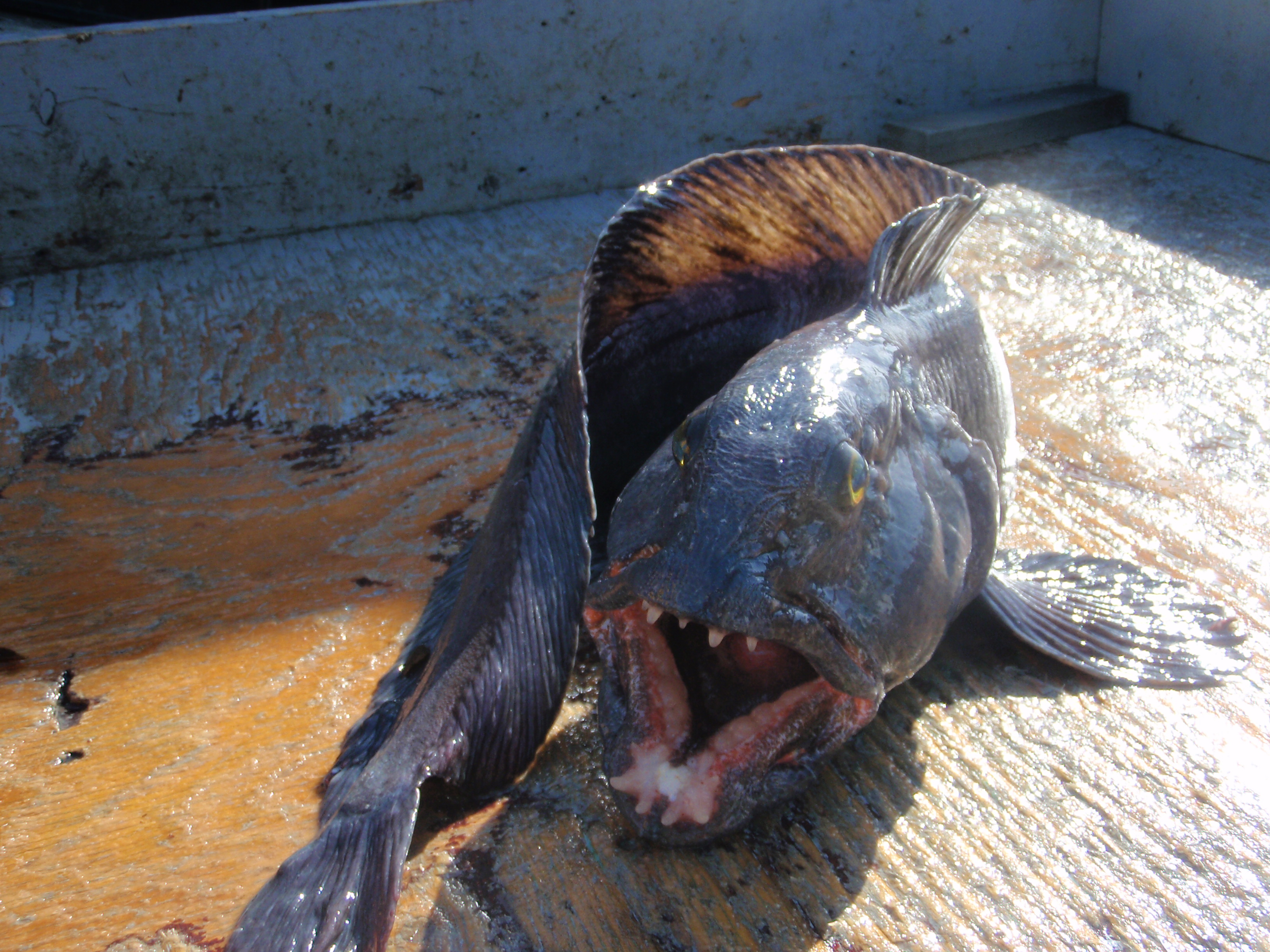

Maturity Study
A research project of the Lobster research Unit at Fisheries and Oceans to study lobster maturity in Canso was initiated in 2008 to first establish a feasible protocol to determine lobster maturity. Since then DFO and GCIFA, have been collaborating for 6 years by reading cement gland development and verification of ovaries.
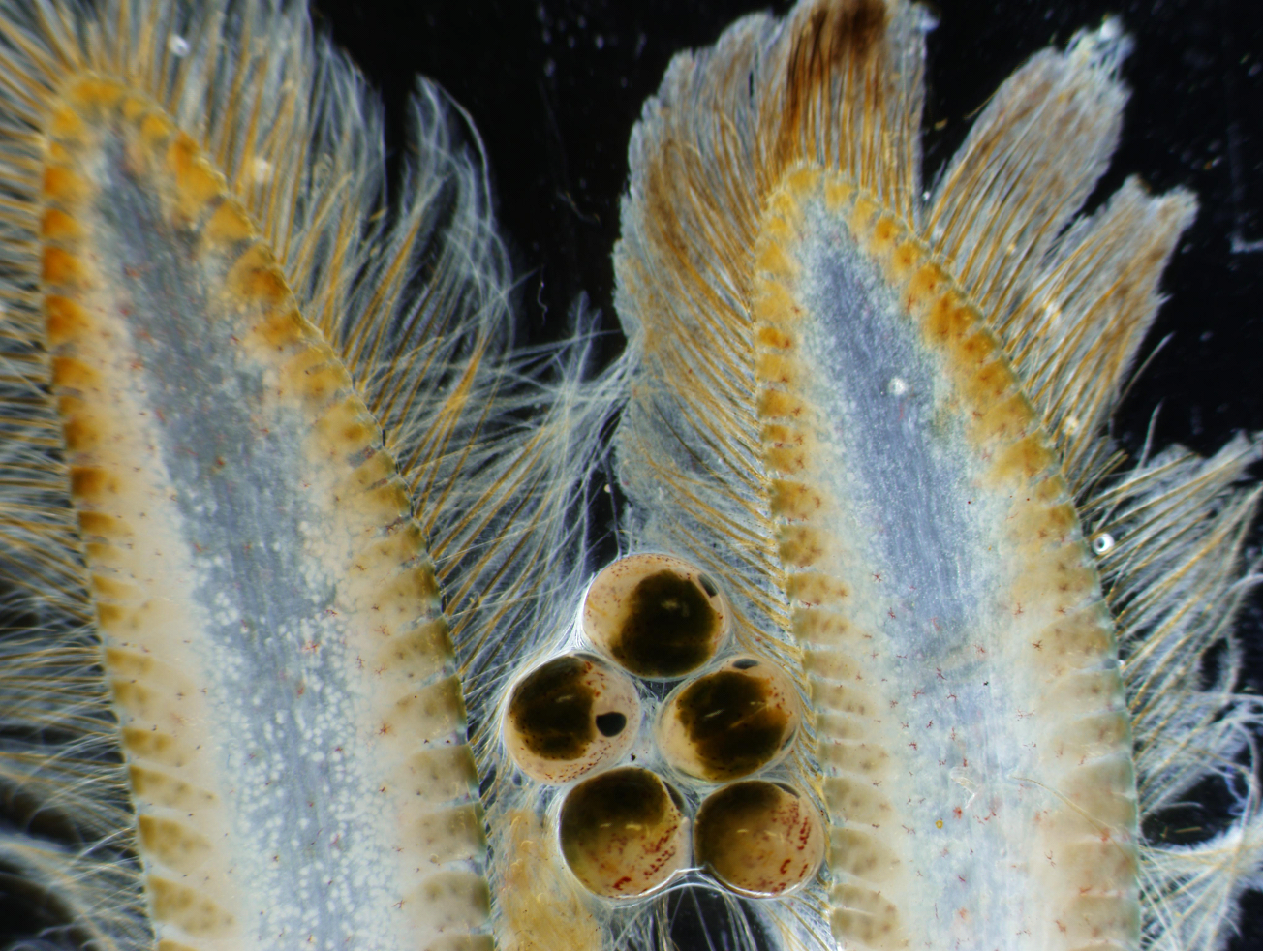

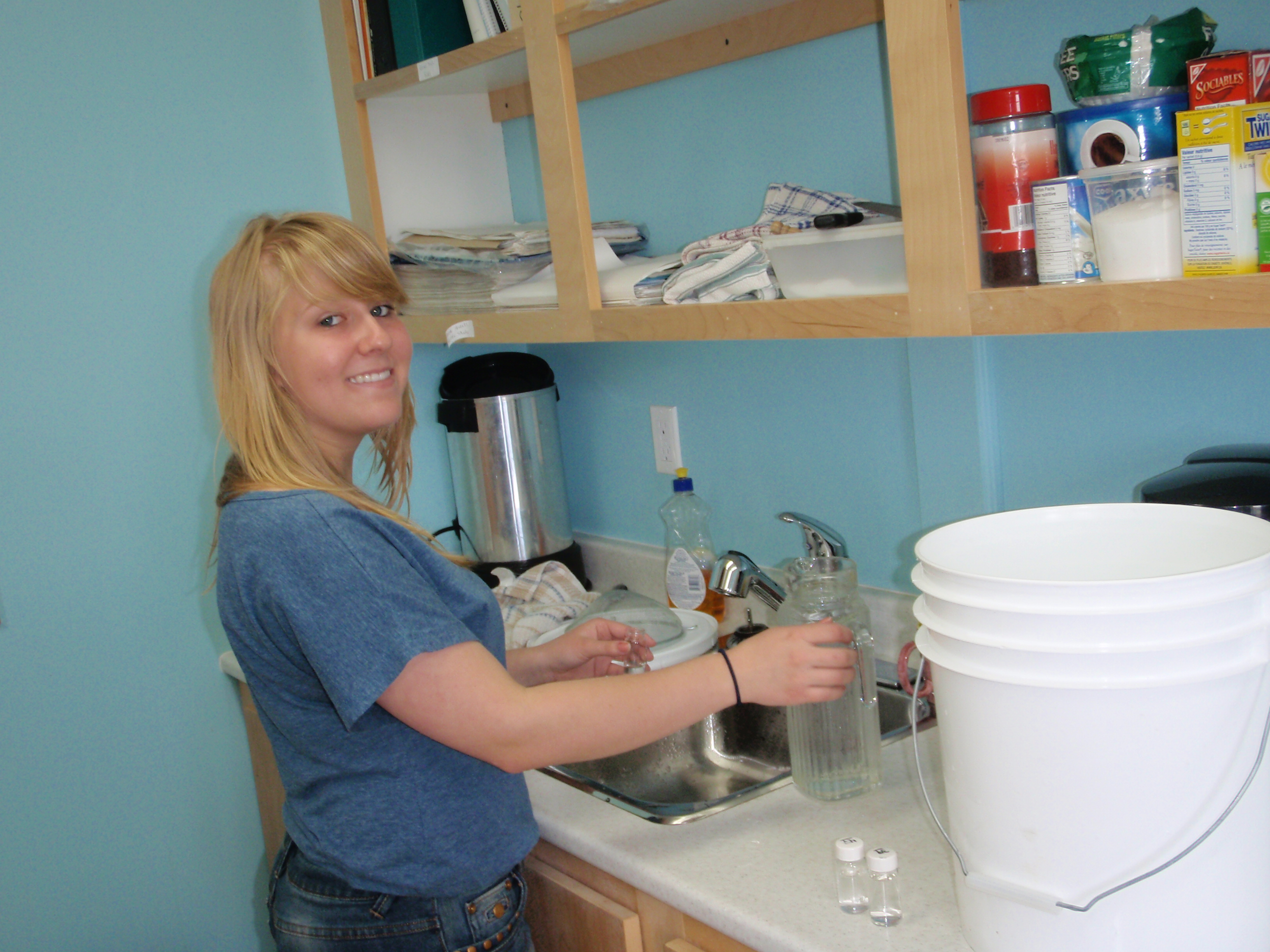
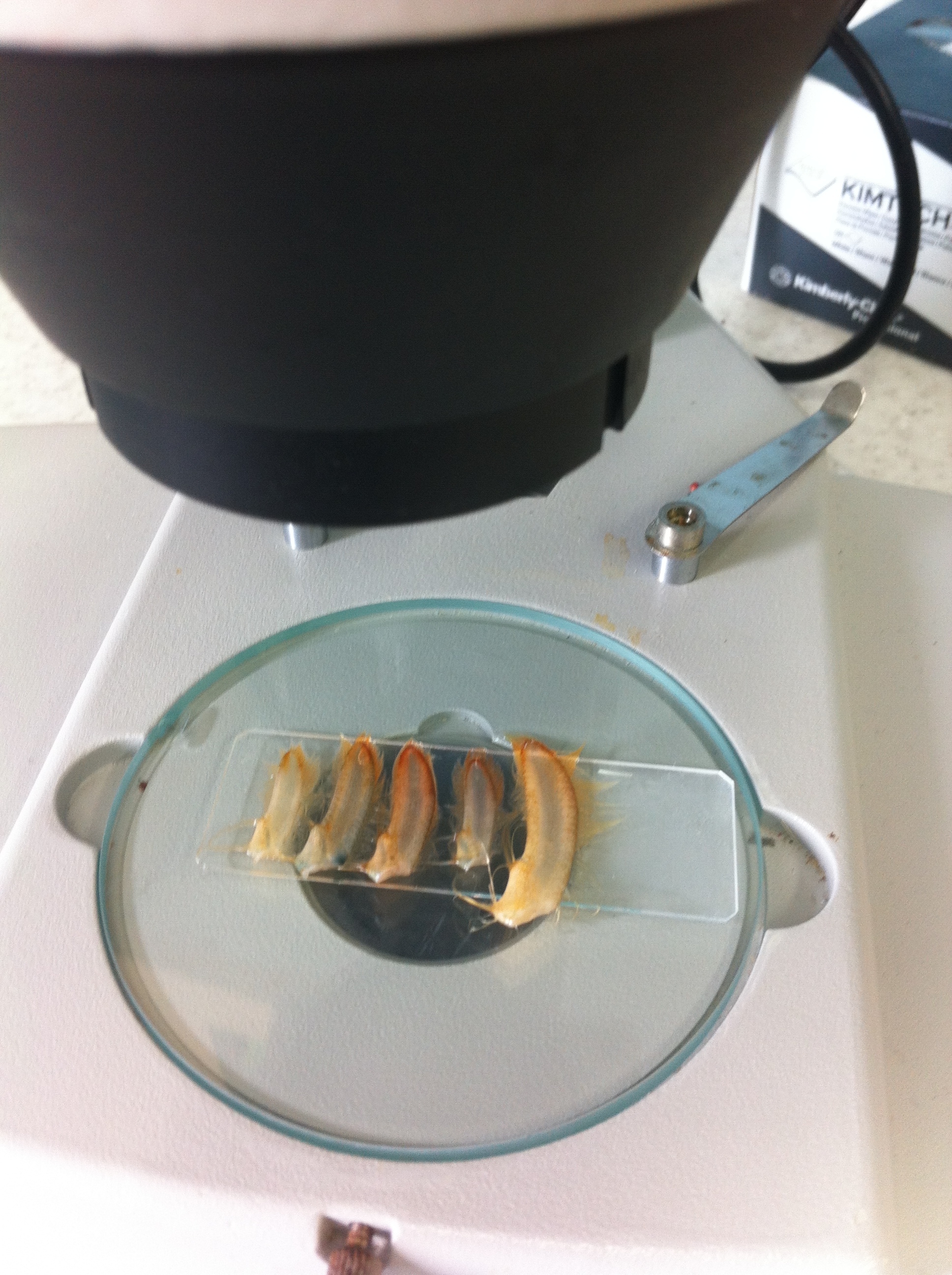
Lobster Node
Over the last three years the Guysborough County Inshore Fishermen’s Association, working closely with other fishermen’s organizations across the country, established the Canadian Capture Fisheries Research Network. These research questions range from the effectiveness of closed areas to the impacts of grey seal predation on fish stocks. A major area of the Network’s research is on lobster. Over the next 5 years as part of the Network’s Lobster Node GCIFA members along with fishermen from Newfoundland to the Gulf of Maine will be collecting data that will shed some light on two key questions: 1) how lobster larvae gets distributed across LFAs and 2) whether our lobster is made up of one or many different stocks. Along with fishermen elsewhere in the Atlantic Provinces we started collecting information this year on berried females- their size, location and stage and quality of their clutch development – to get the most complete information possible on larval production. The Network’s objective is to collect this data at 50 km or better intervals all along the Atlantic coast.
This data will be used to feed oceanographic models that predict what will happen to lobster larvae once they are released into the marine environment. The models follow individual lobster larvae over time from when and where they are released to when and where they are ready to settle on the seabed.
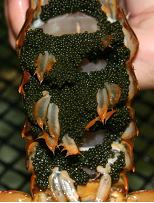
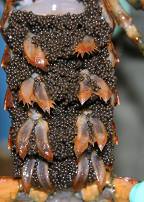
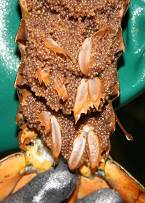
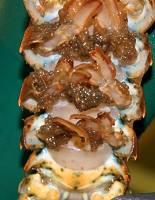
V-Notching
This program was put in place as a conversation measure for 31B. The fishermen bring in 110 pounds of female lobsters measuring over 110mm carapace length. The bottom edge of the second flipper from the right is v-notched using a tool. The lobster is then released to the water alive.
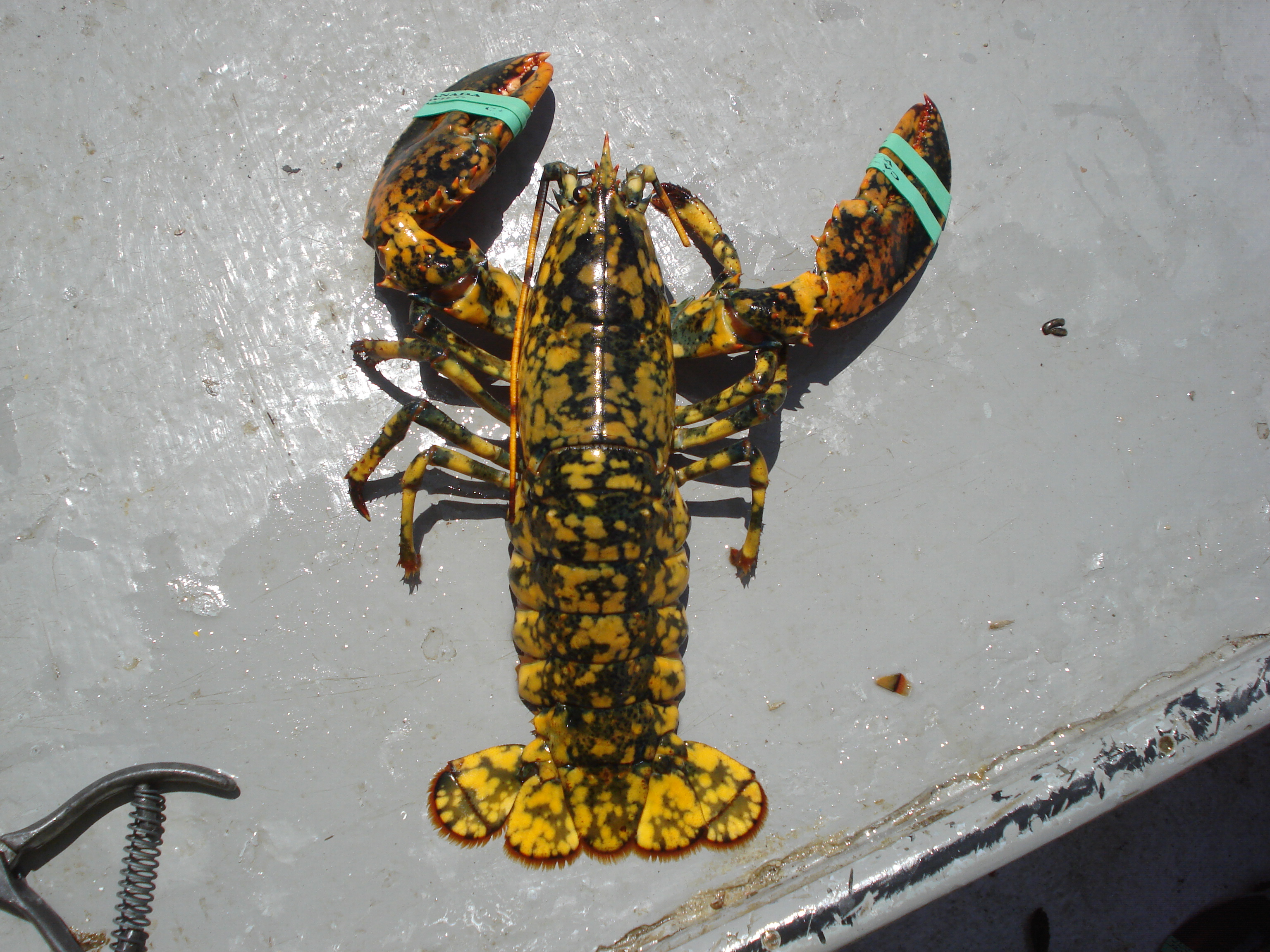
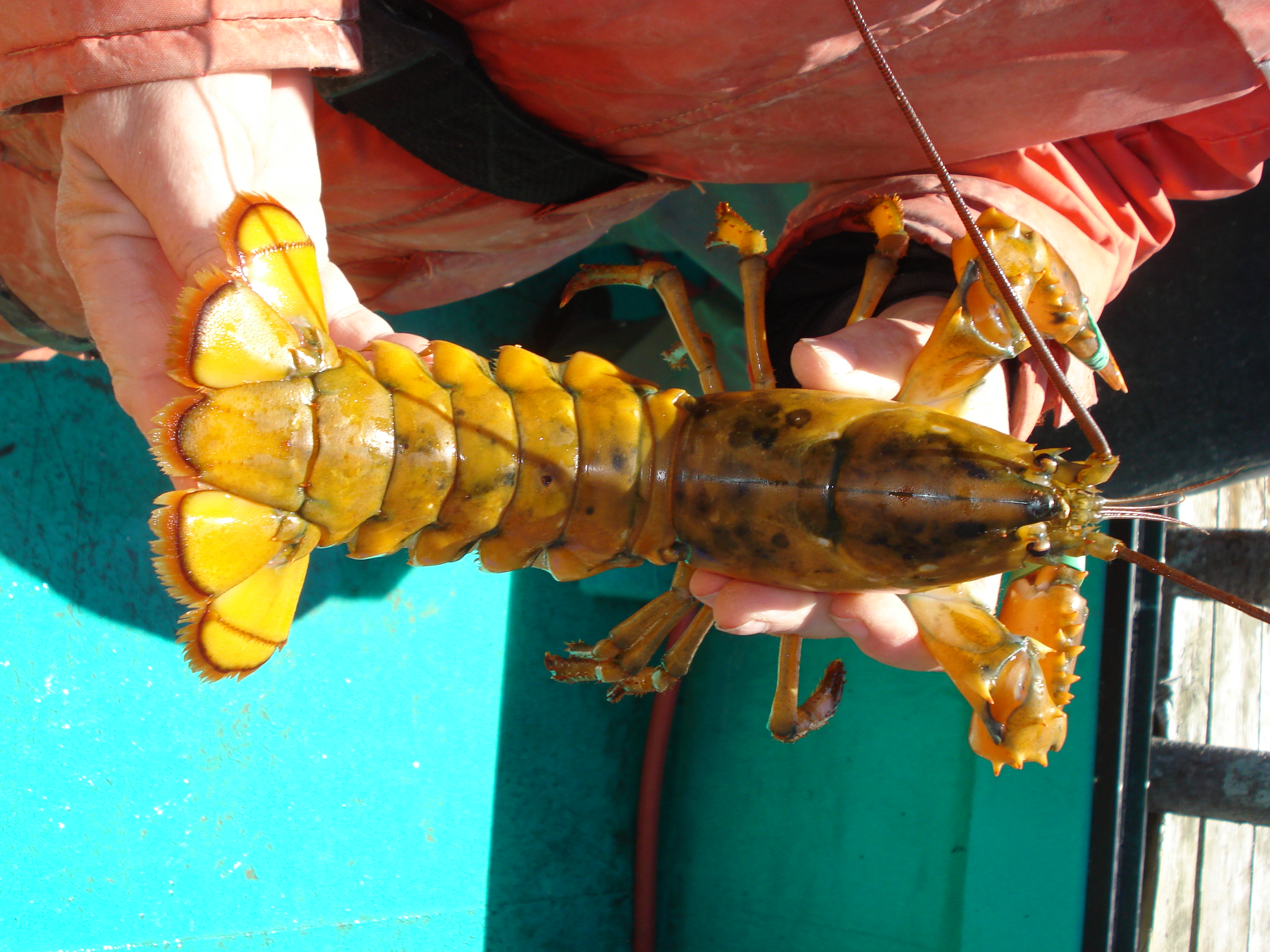

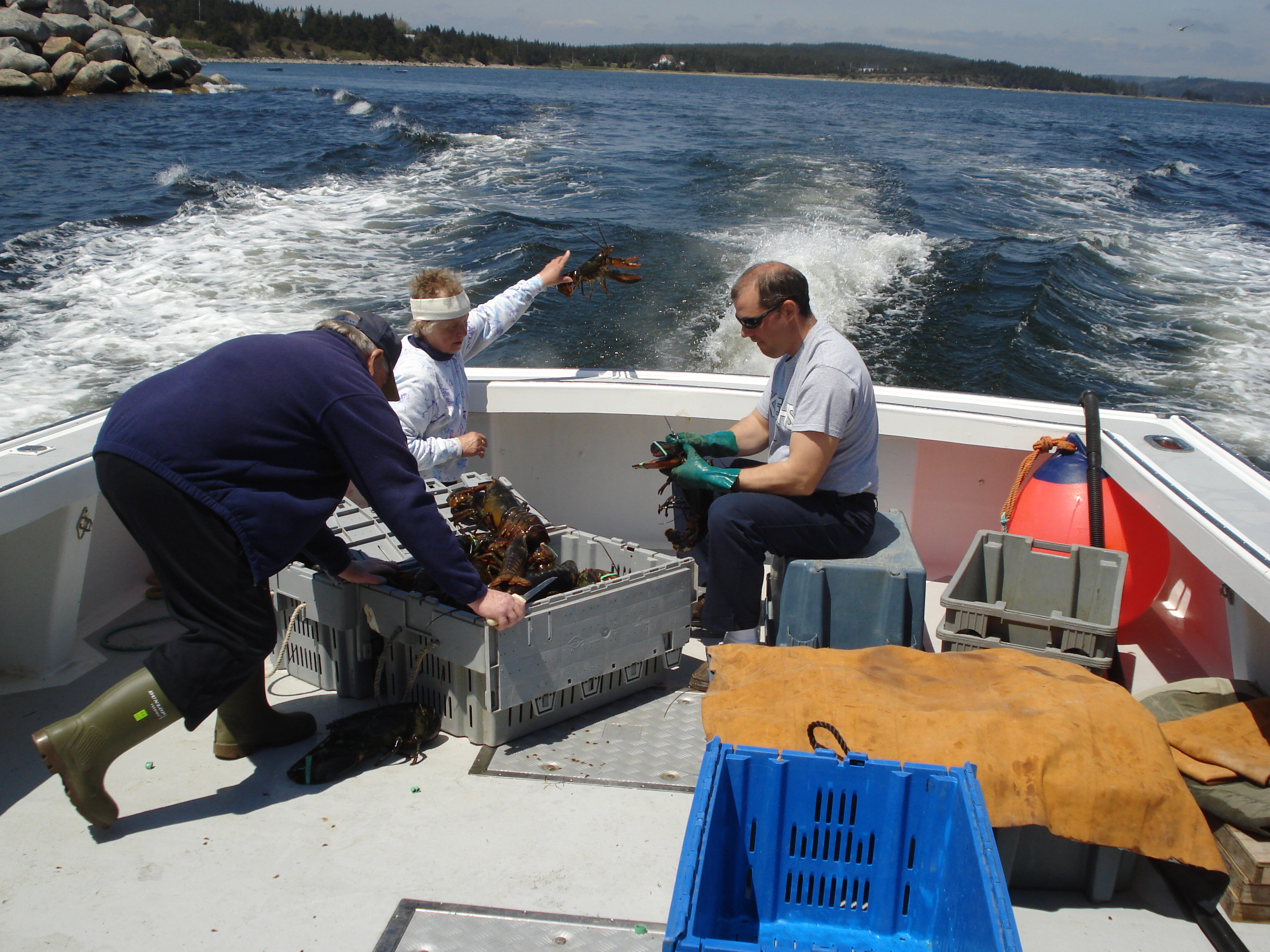
Larvel Tows
A larval net is towed behind a lobster fishing vessel on an 8’ by 2’ aluminium frame outfitted with a wooden deflector to keep most of the net outside the boat’s wake. The net opening is 0.6 x 2.35 m with 1.3 x 1.3 mm mesh and fitted with a flow meter. Tows are in 10 minute intervals and sampled about 2100 m2 of the top 0.5 m of the water column. Larval densities are expressed per 1000 m2. The sampling includes 54 stations, each at 2-week intervals (Queensport to Canso and Canso to Port Felix is divided into 4 quadrants) Quad A - Queensport area from Black Point to Big Fish Shoal in Canso, Quad B - Dover from Mackerel Rock to Dover Bay, Quad C was the WhiteHead area which covered the area from Dover Island to WhiteHead Harbour, Quad D Port Felix from Flying Point to Charles Cove.
The importance is that it provides the times and locations to start the drift and larval tow models as well as providing an estimate of egg production, stage development, survival and retention to Stage IV development. GCIFA has partnered with the Lobster Node Network to conduct further research on larvae drift and retention The lobster technician and or student interns accompany the fishermen to manage the samples. The samples will be examined and separated at the GCIFA lab, by the technician and intern and examined for identification, count, stage development and distribution.
This method of surveying egg-bearing females and larval development production, survival and retention will be used to evaluate possible recruitment trends to contribute to management and conservation plans. GCIFA license holders have acquired and share the capacity to complete this research methodology onto other fishermen’s organization and LFA’s.
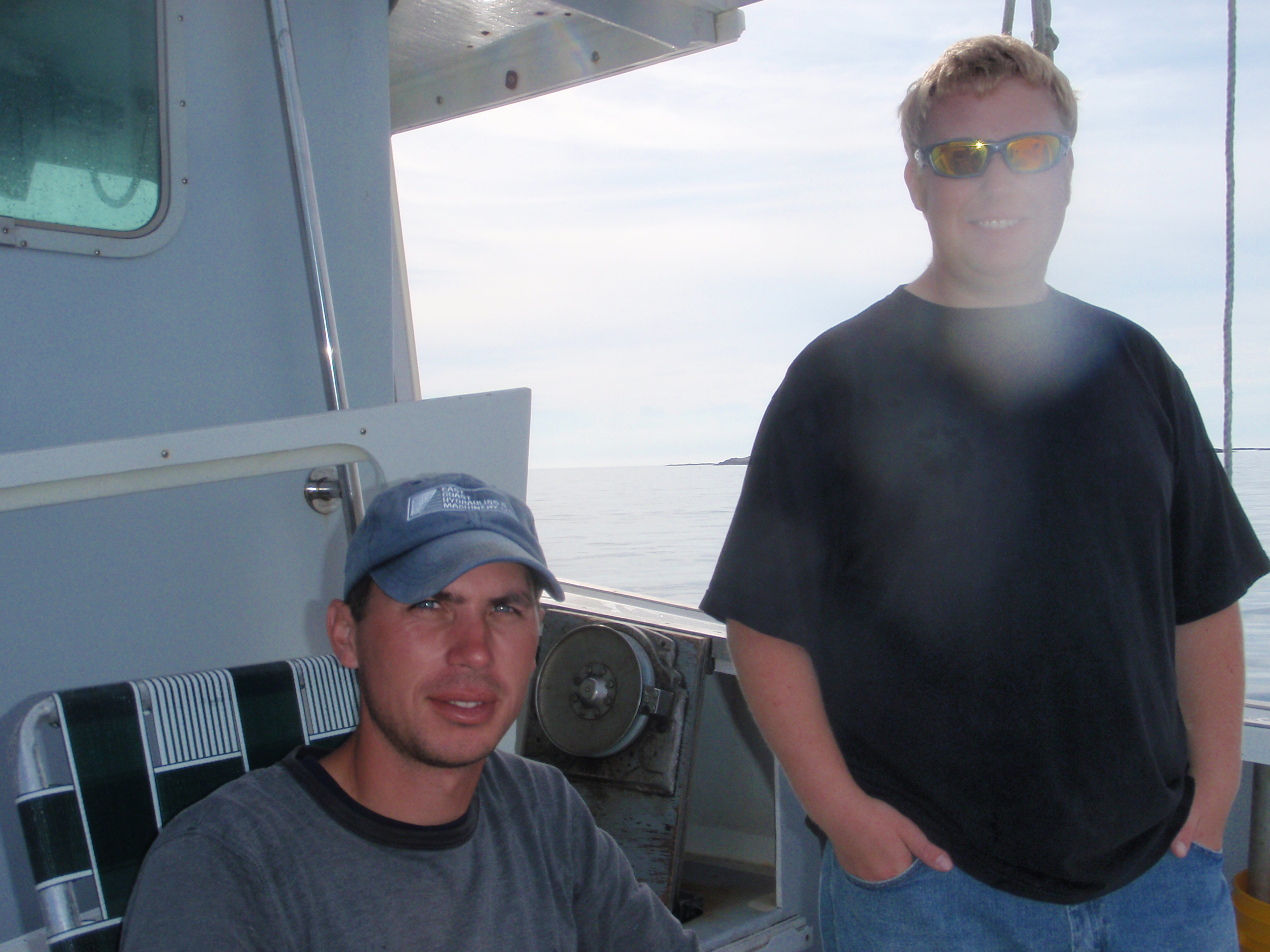
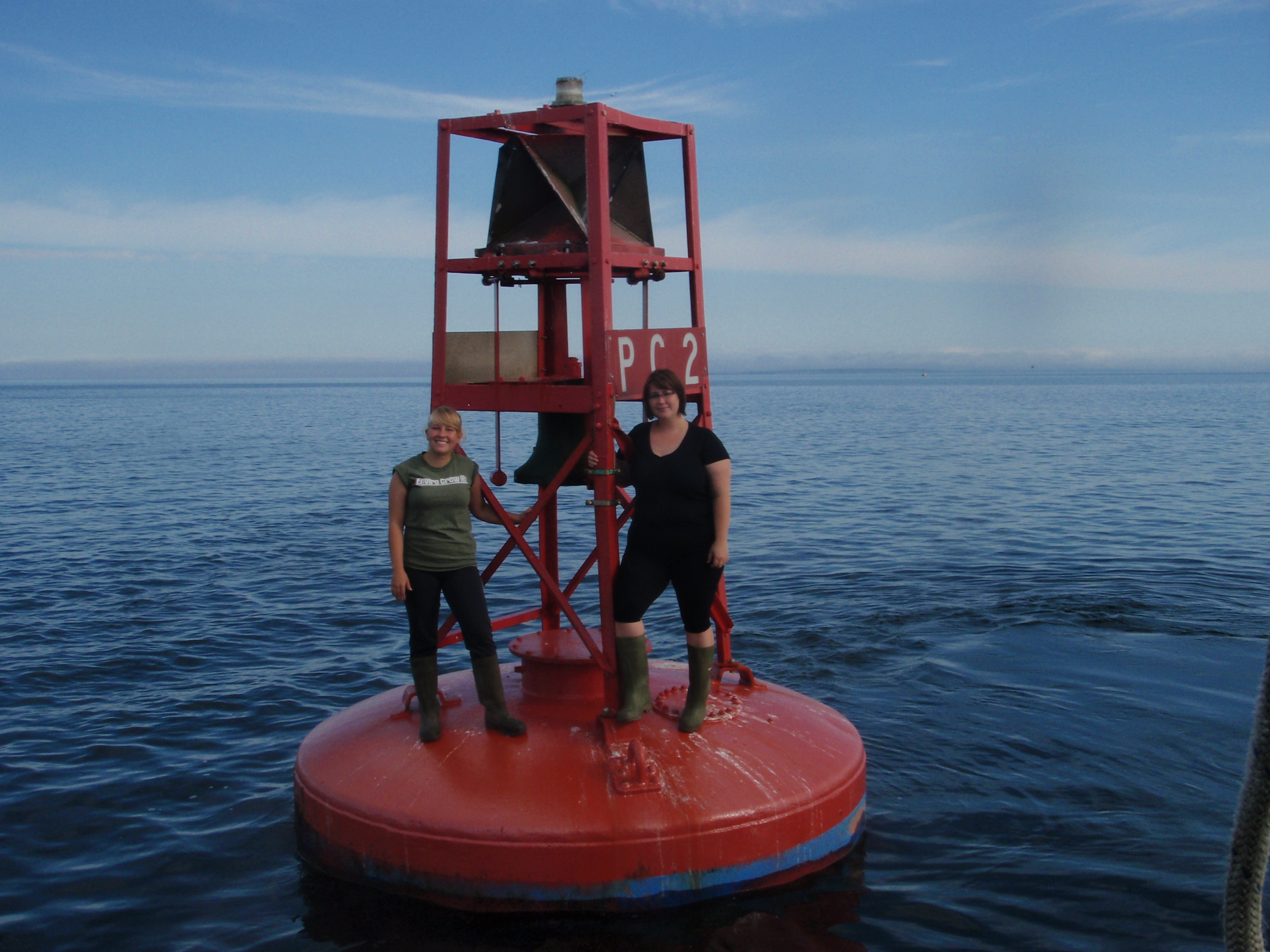
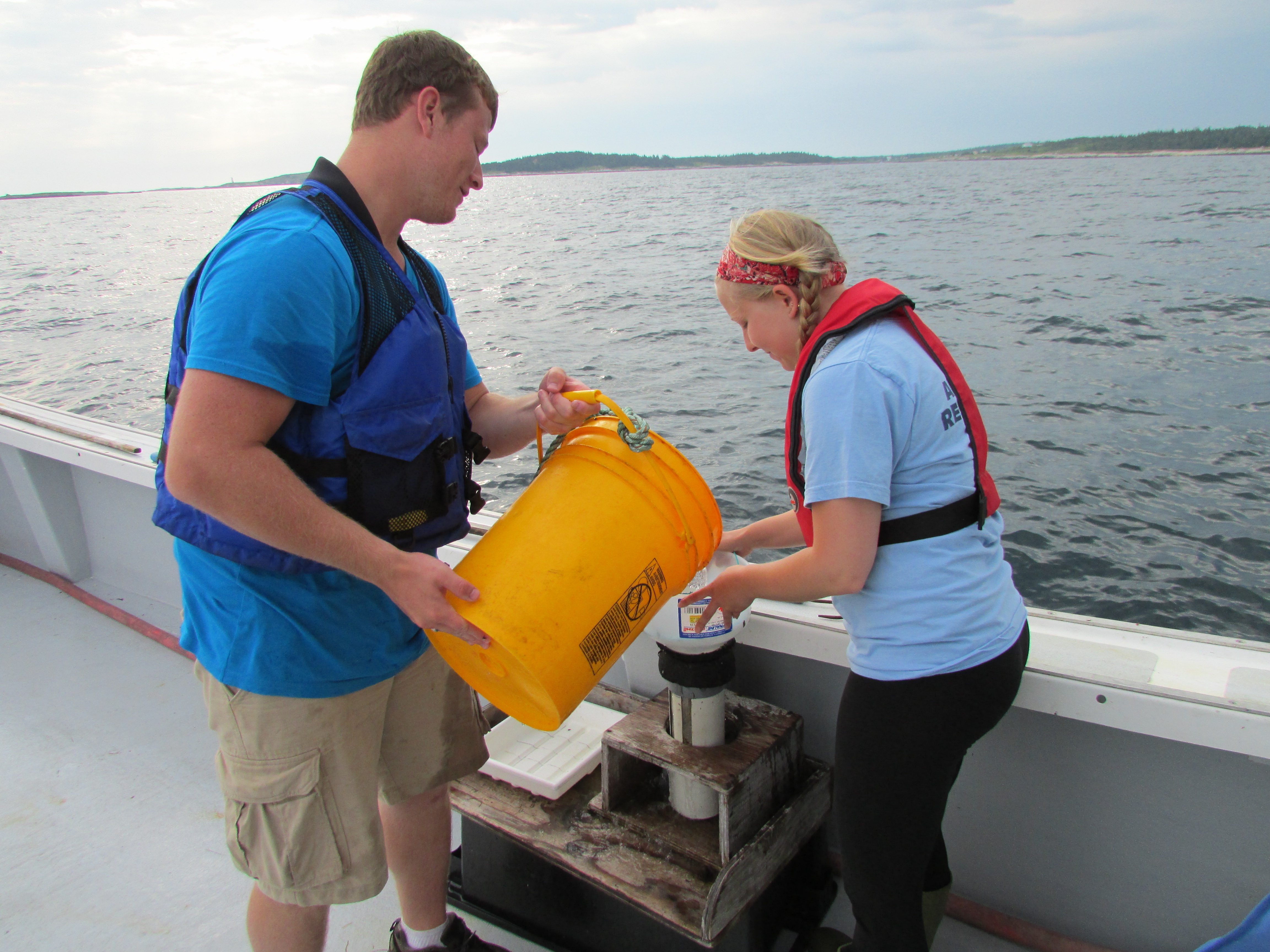
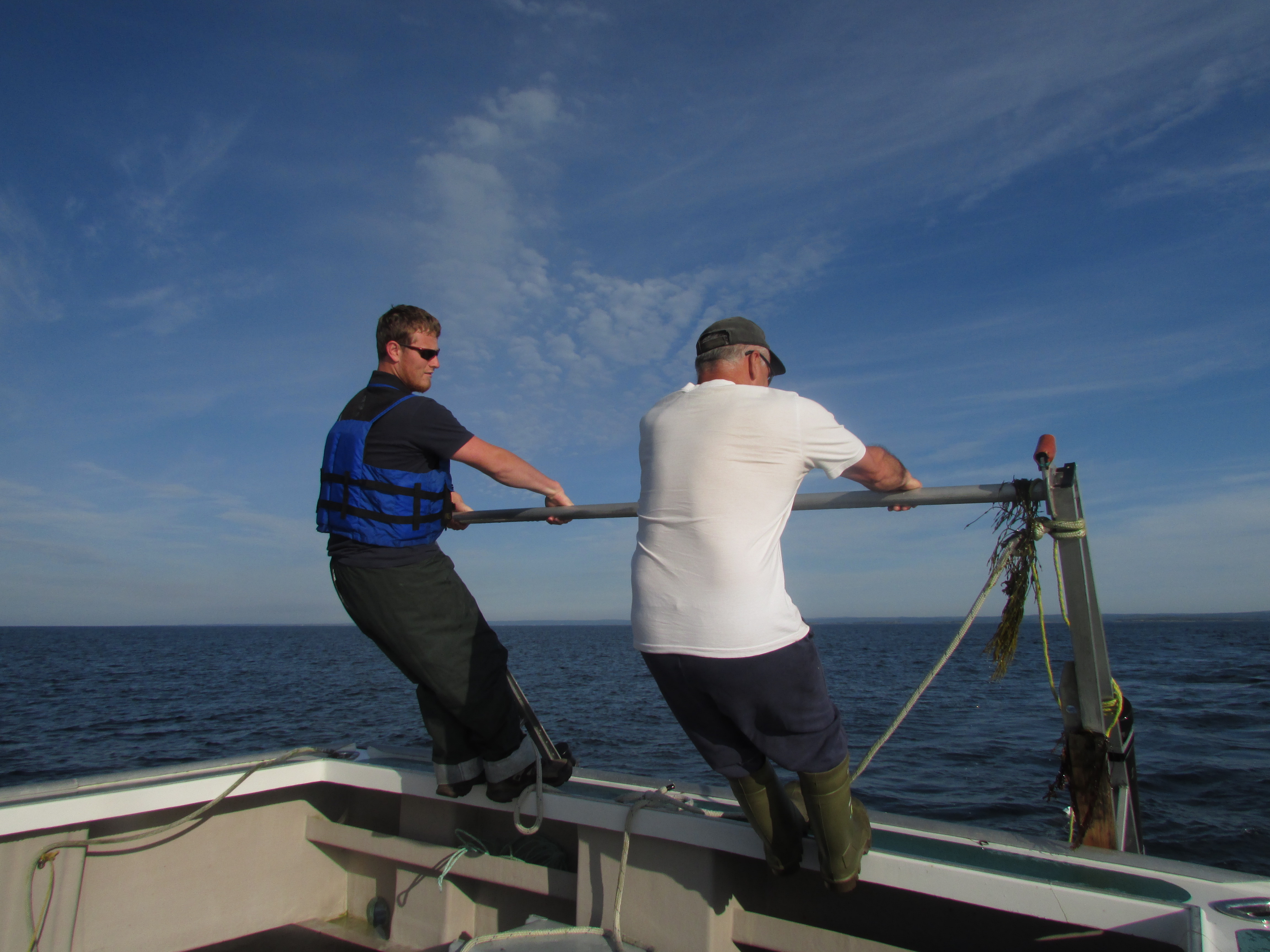
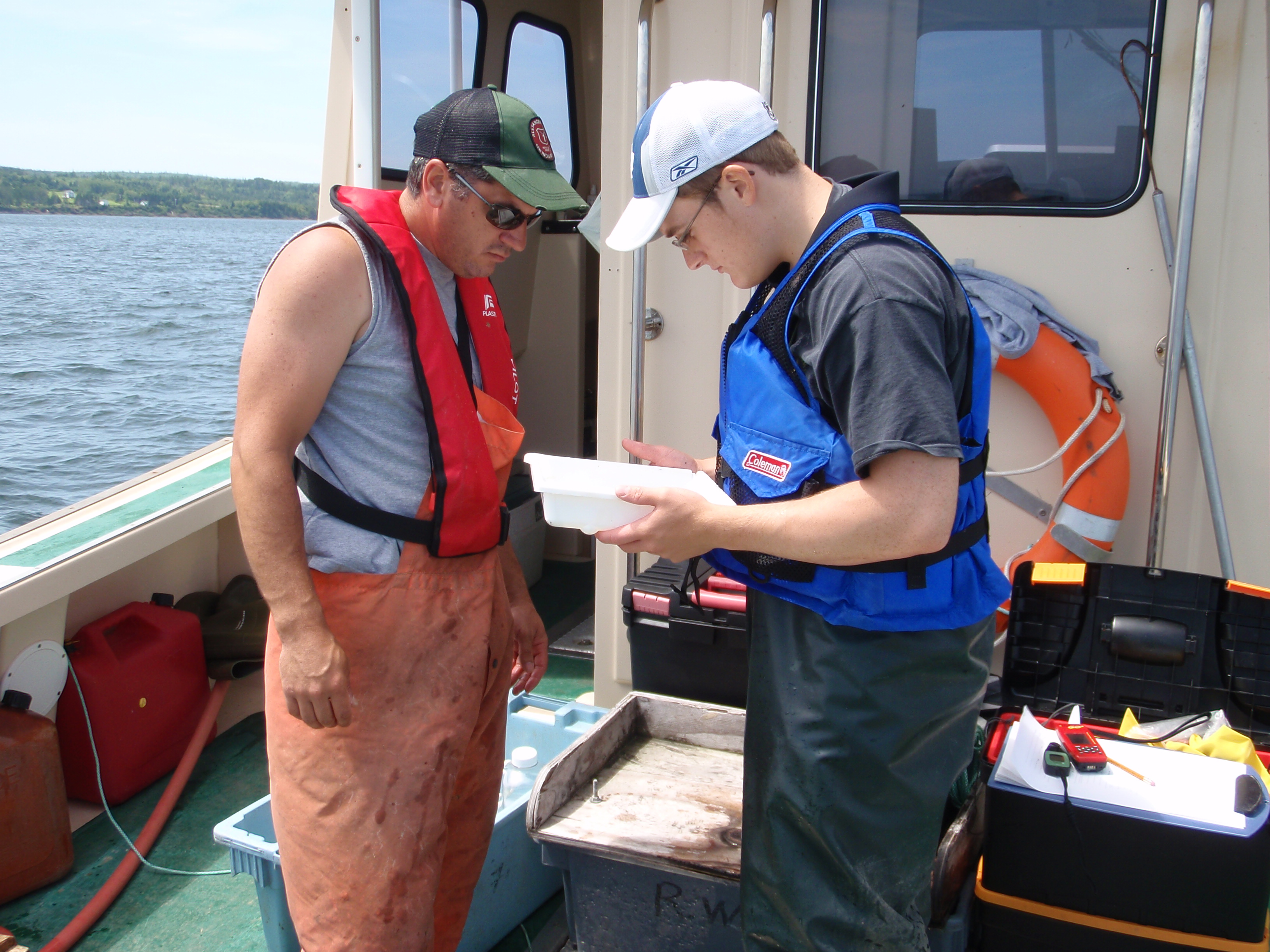
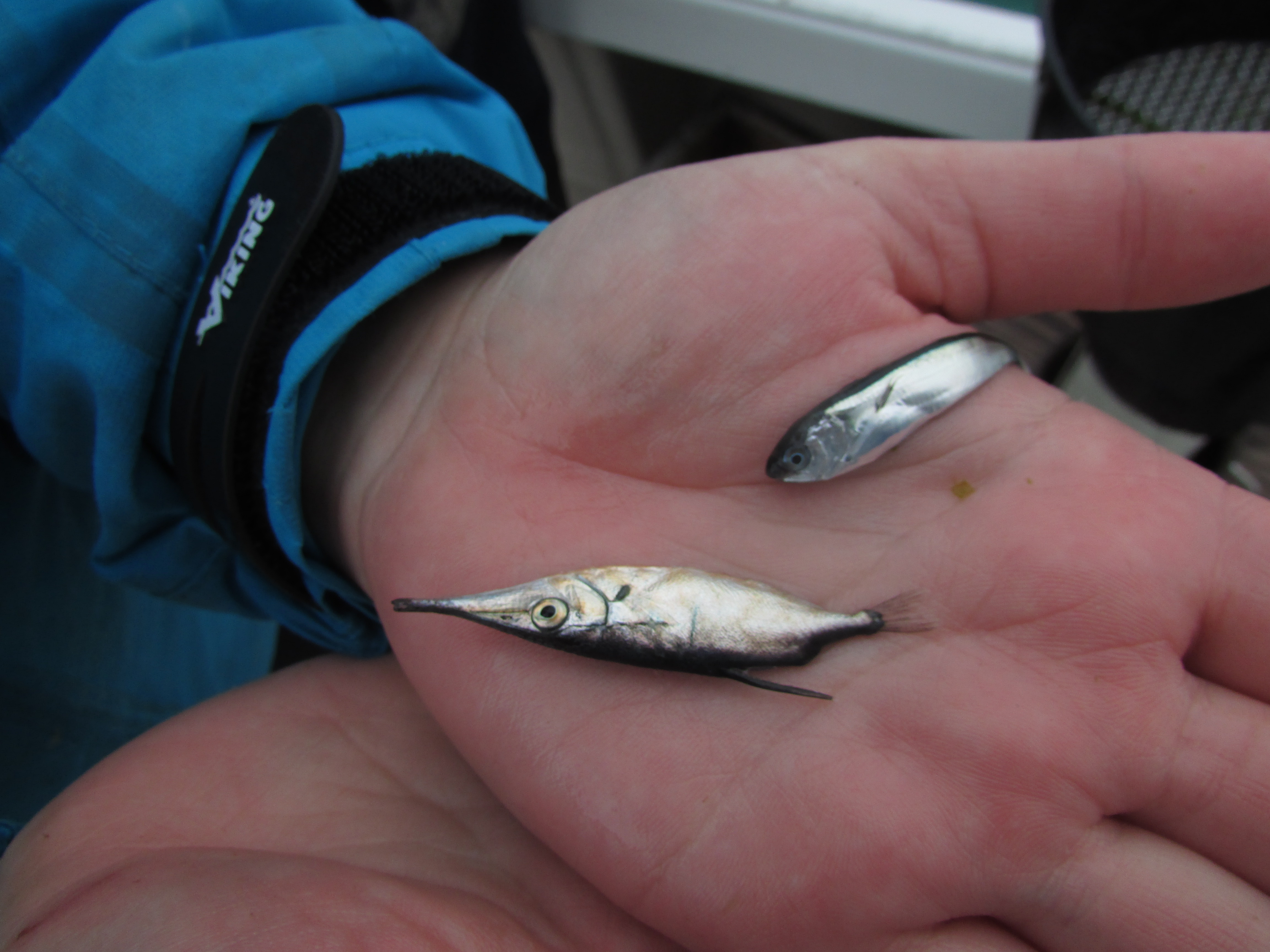
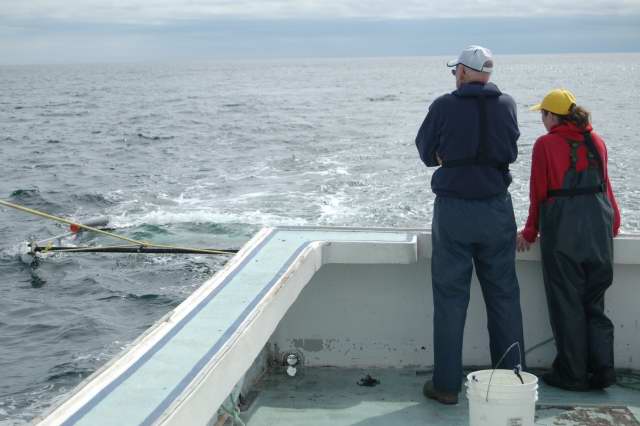
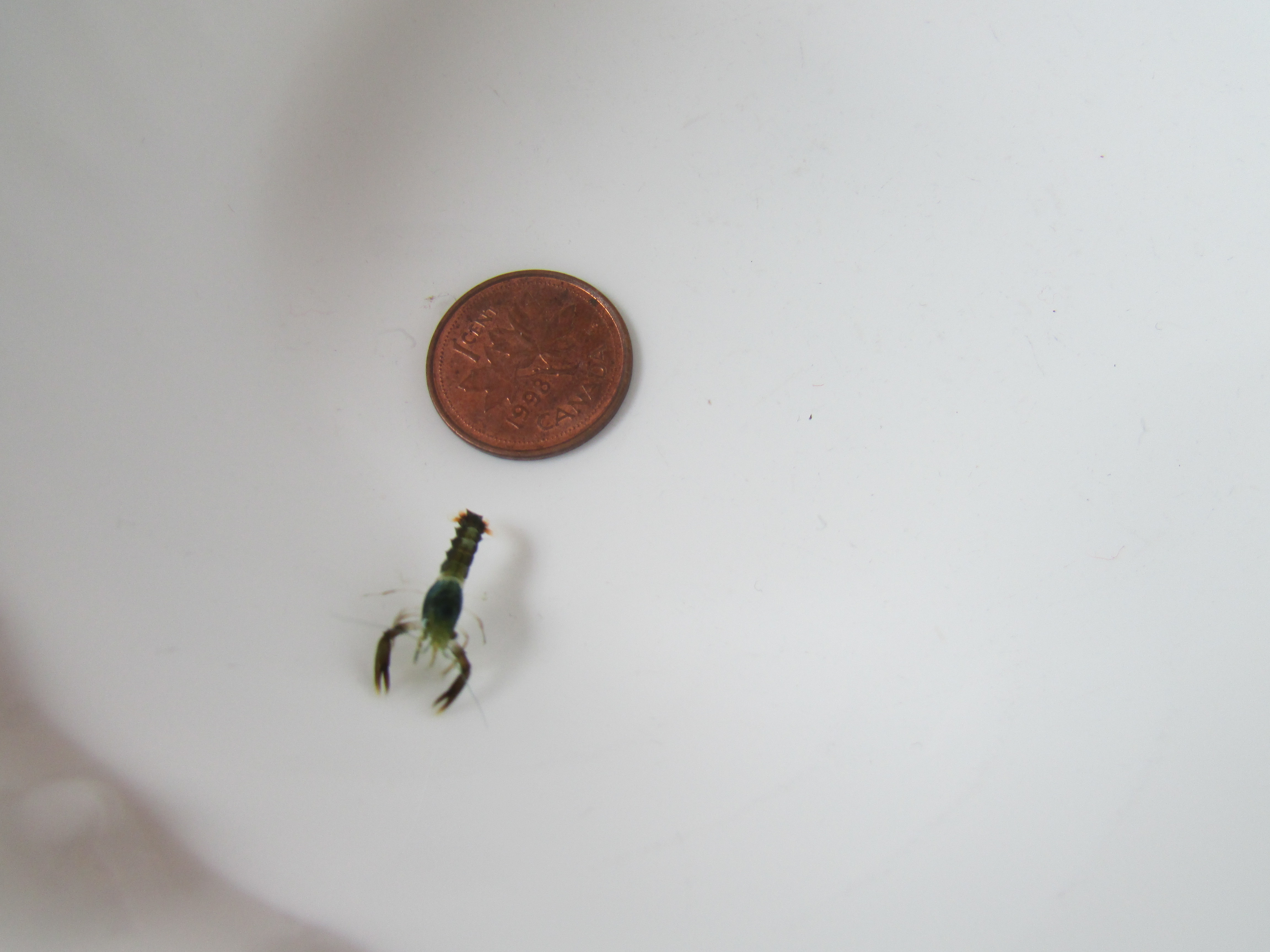
Juvenile Trapping
To assess the juvenile lobster stock and foresee recruitment into the fishery we’ve had one fisherman from each of four ports fish 30 traps for three days of each month of August, September, and October. These traps are regular standard sized lobster traps with the escape vents were closed. Sex numbers and ratios as well as carapace length was recorded. The traps used were 102 x 53 x 36 cm high made of 2.5 x 2.5 cm wire mesh with 12.7 or 15.4 cm diameter entrance hoops. The entrances were partly blocked (1/2) with wire mesh to exclude larger lobsters, although this measure has not always been effective in shutting out larger lobsters. Some years (ex. 2009) we have had almost half of all lobsters in the juvenile trap were market size (>82.5mm). Traps are set in the same locations each set with frozen mackerel consistently used for the bait. Soak time was one day. This research not only demonstrates the presence of a healthy juvenile lobster stock, it also allows us to observe movements during the summer months when moulting occurs as well as a glimpse of the interactions with other species in the ecosystem during the out of season trapping.
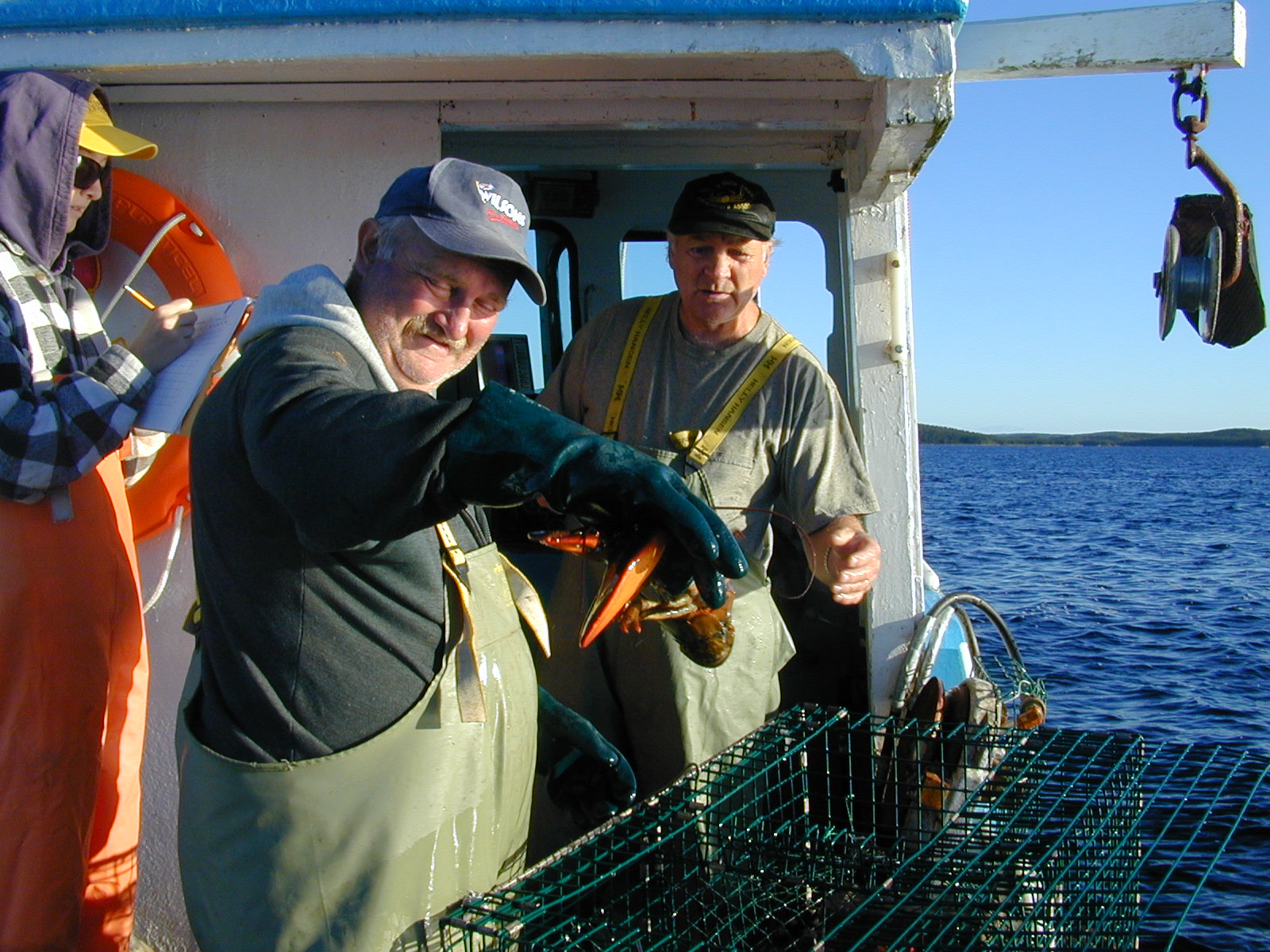
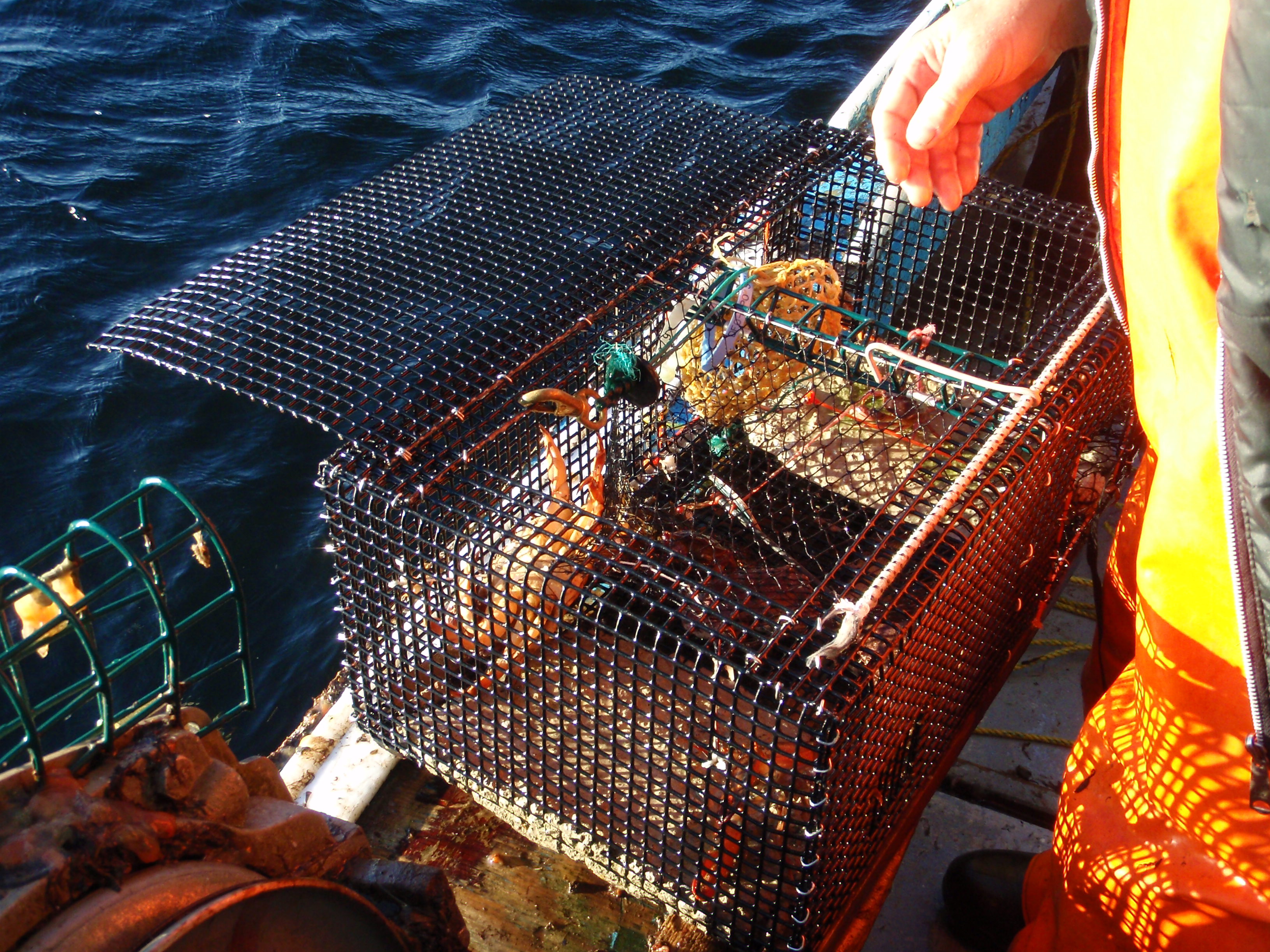
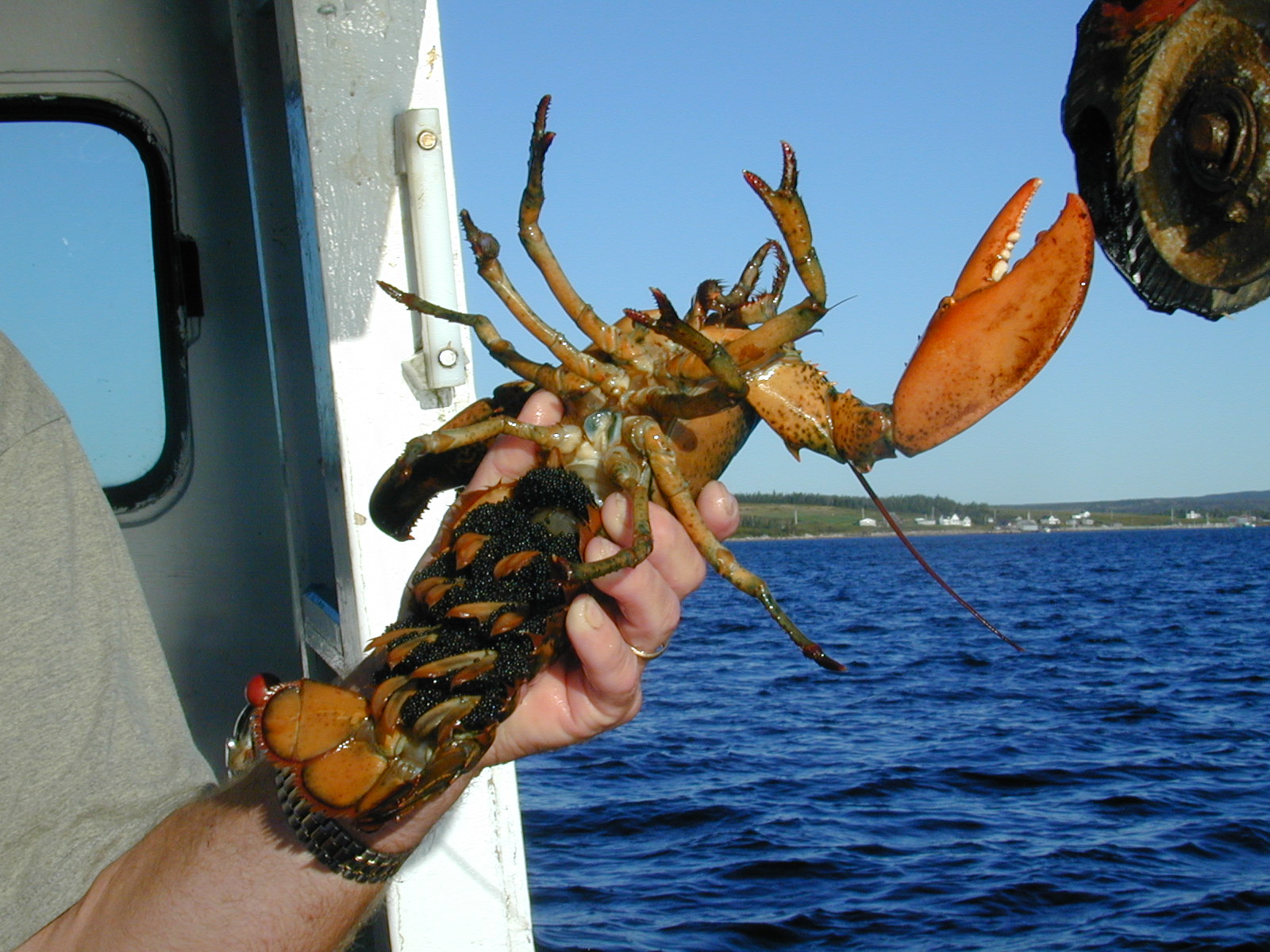
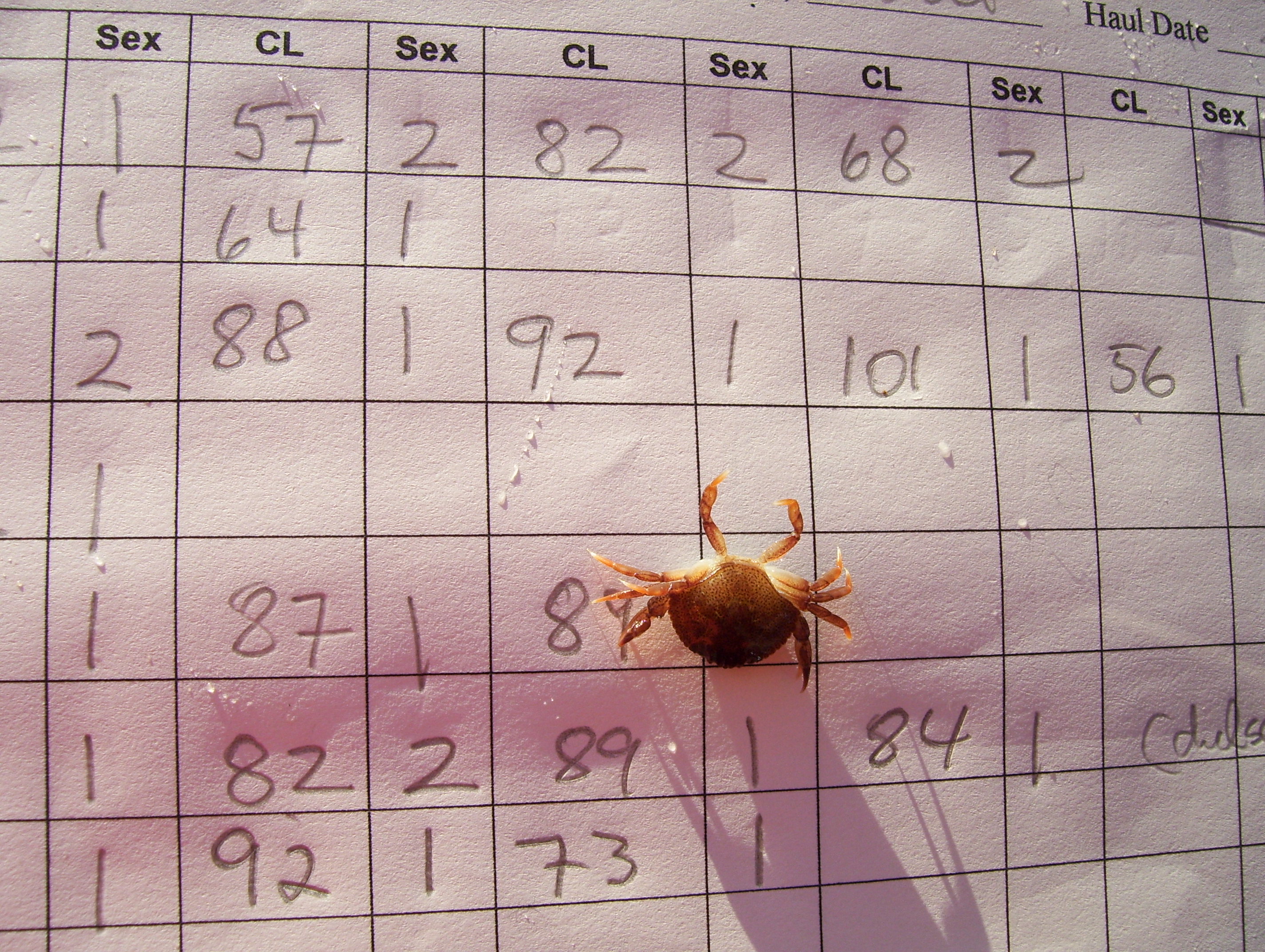
Crab Sampling
In partnership with DFO to collect data on crab in Chedabucto Bay.
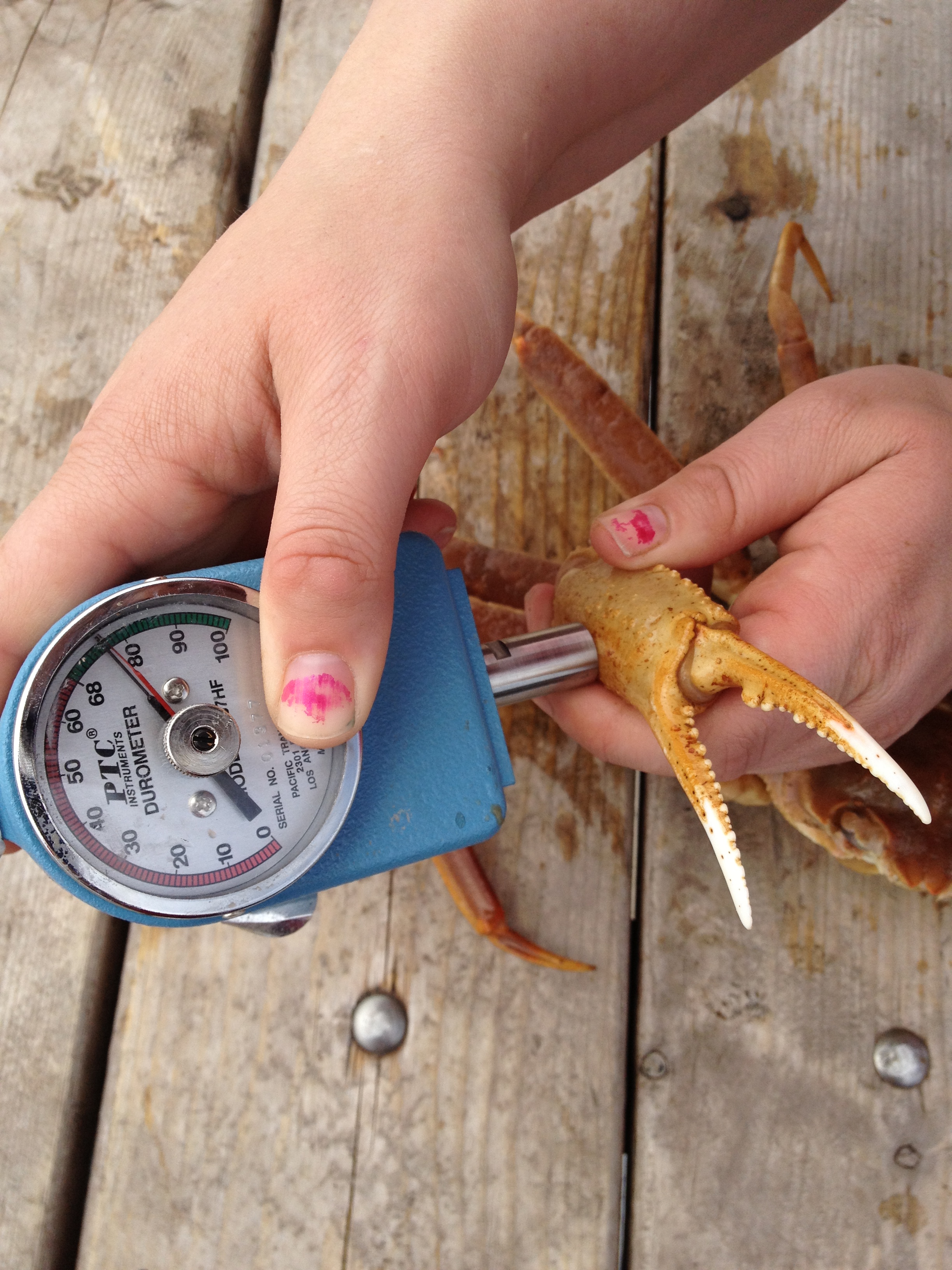
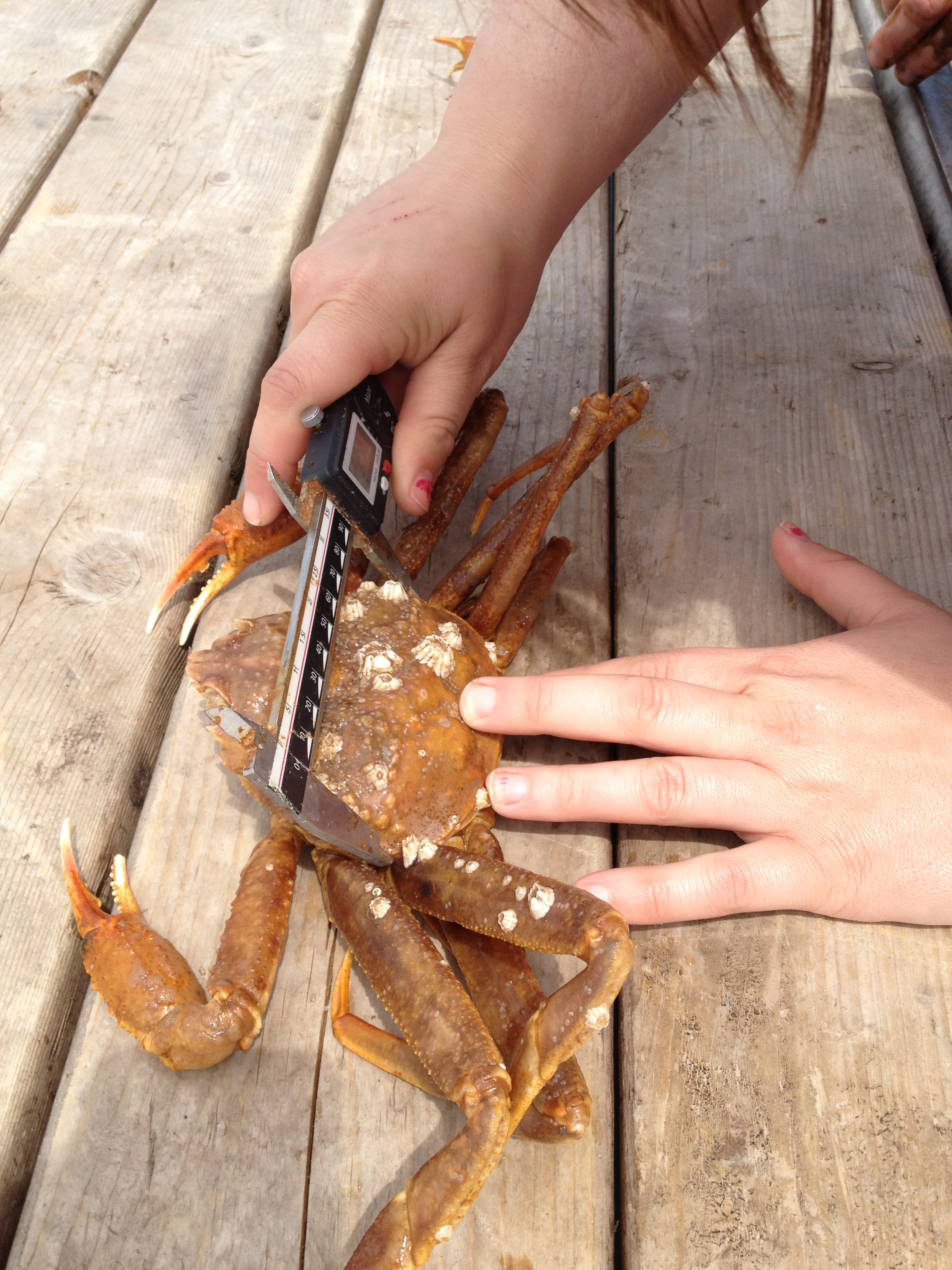
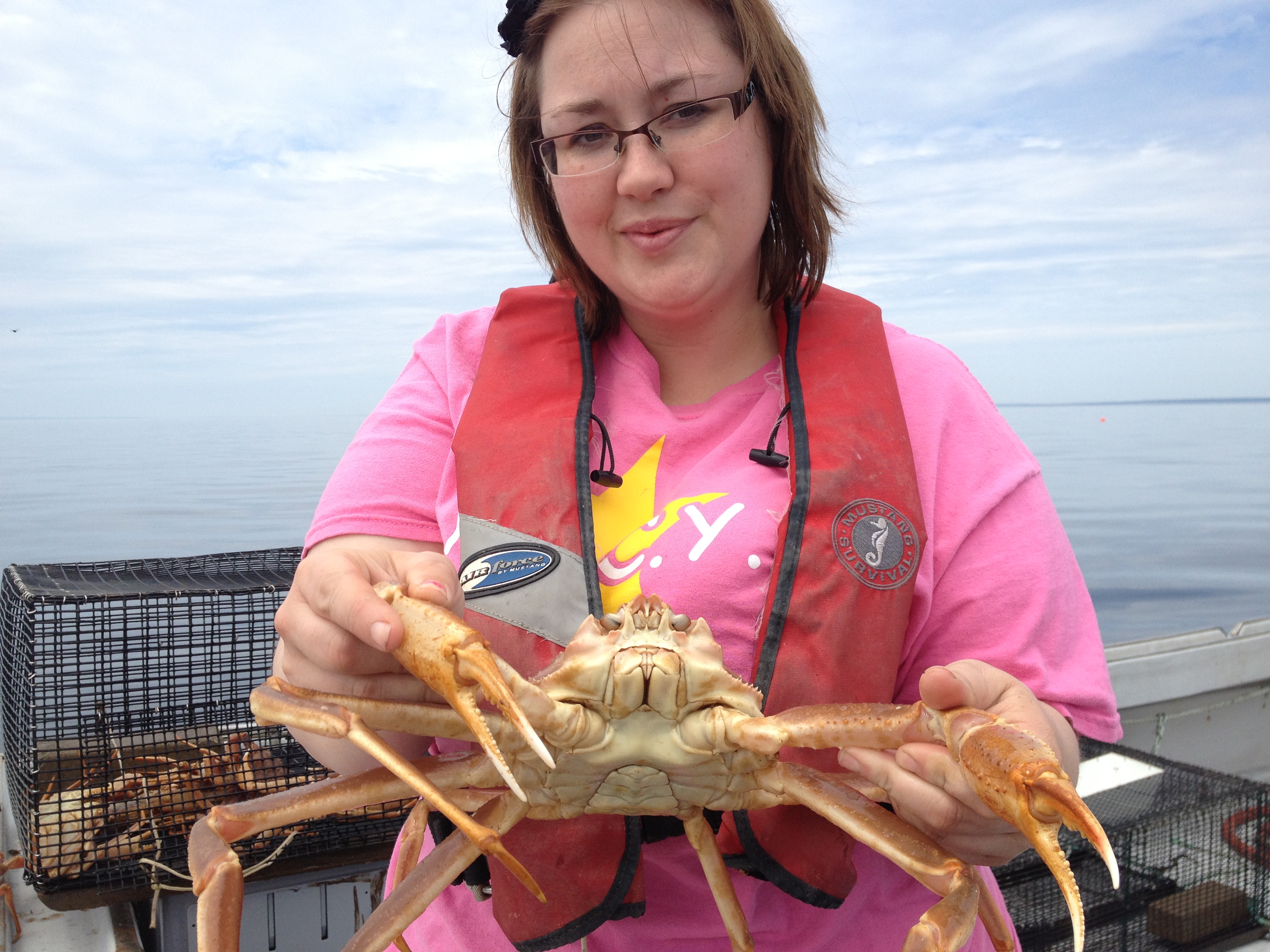
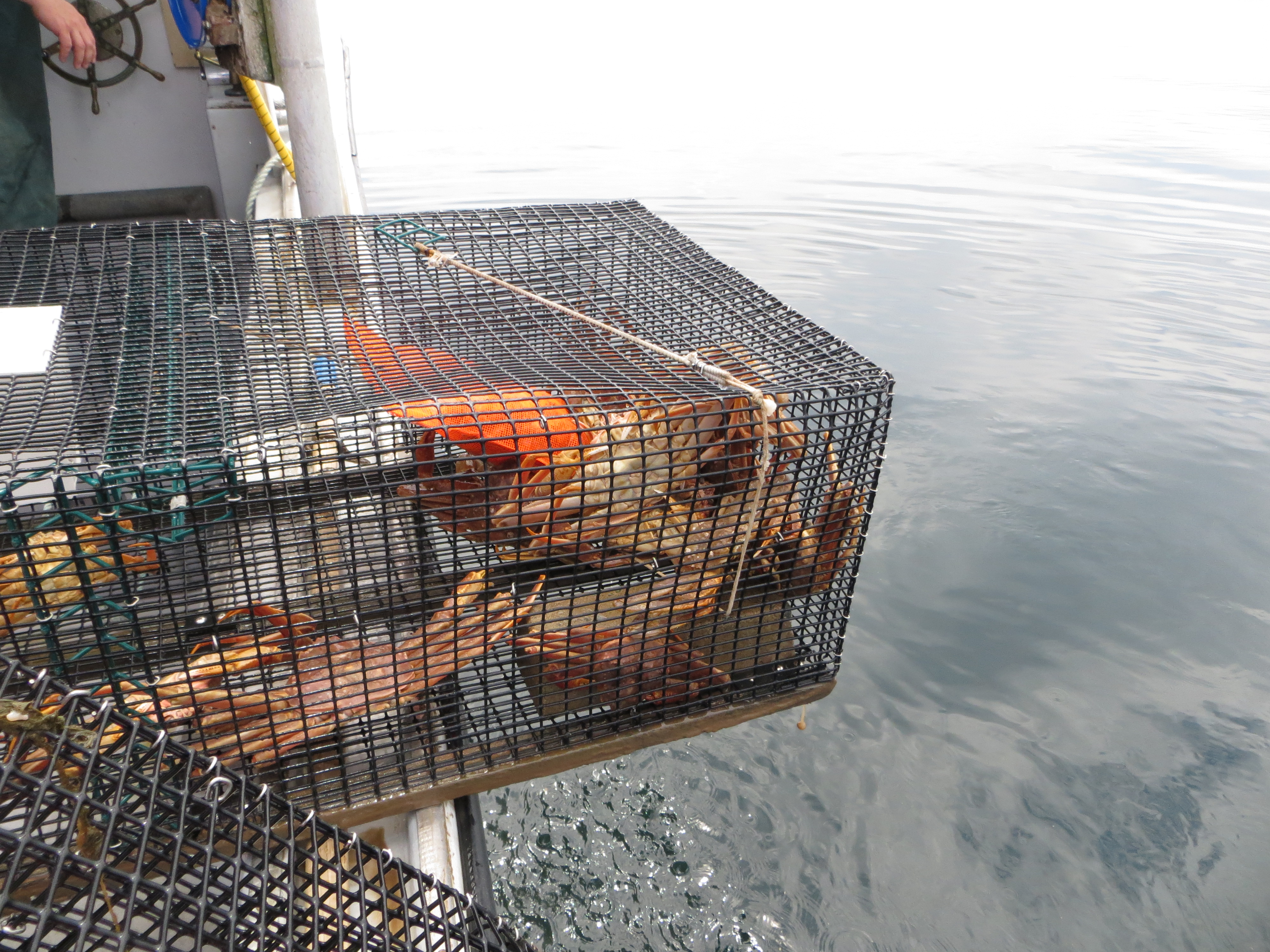
Artificial Collectors
This project was brought to our attention by R Wahle from the Bigelow laboratory and in 2007 we purchased a set of artificial collectors. These collectors are set in early July by fishermen and hauled in October. The contents of the collectors are recorded.
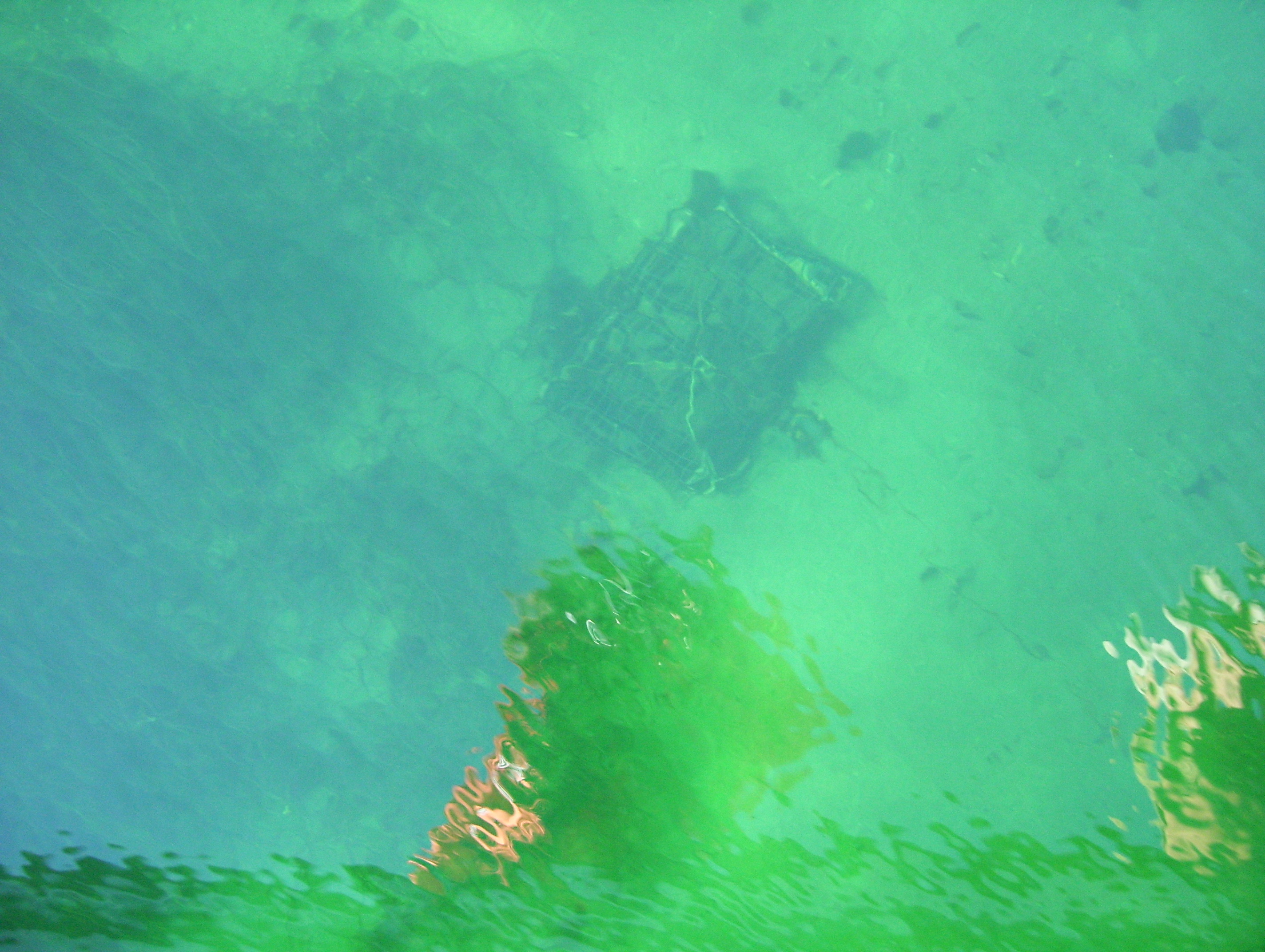

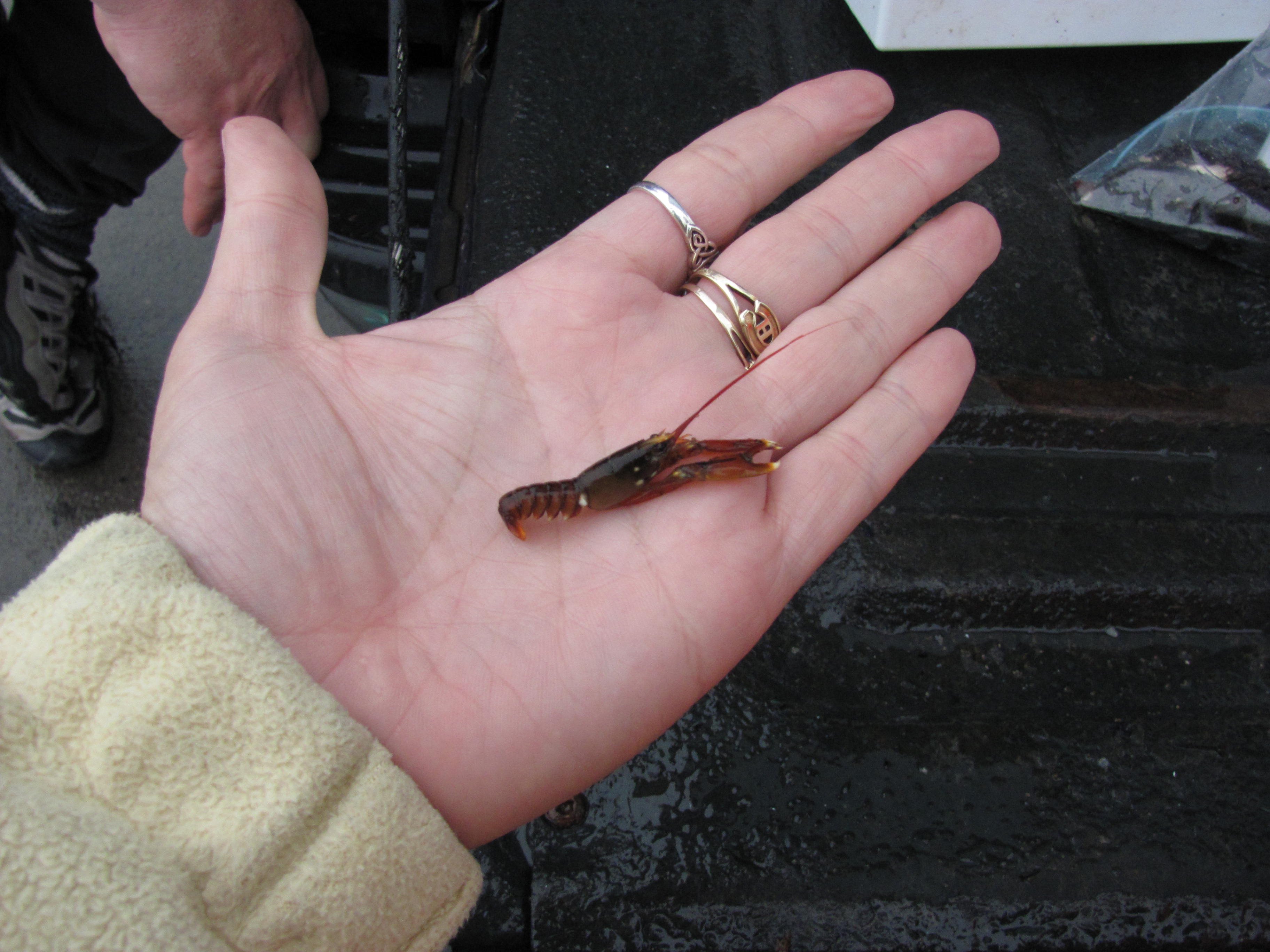

Nagisa
NaGISA is a global project to develop and sustain the first long term benthic monitoring program in Atlantic Canada. The NaGISA project was continued again this year with Dr. Melissa Wong and Dr Angelica Silva. Quadrants were set again at land sea margin (low, mid and high tide). The divers also continued to collect sample from 1, 5 and 10 meters. The samples of sea weed were taken from .5x.5 quadrant and sea weed and marine life was taken from .25x.25 quadrant to be analysed.
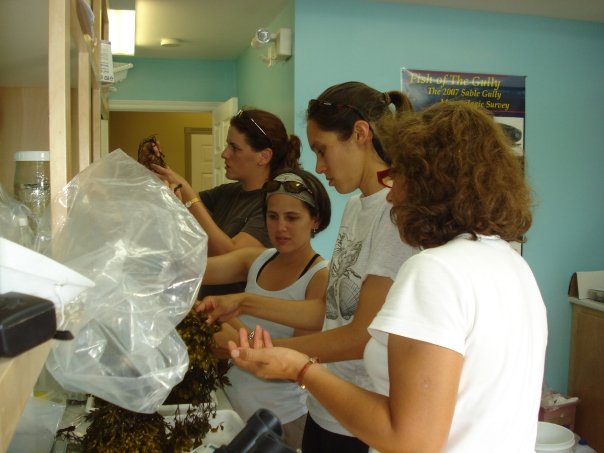
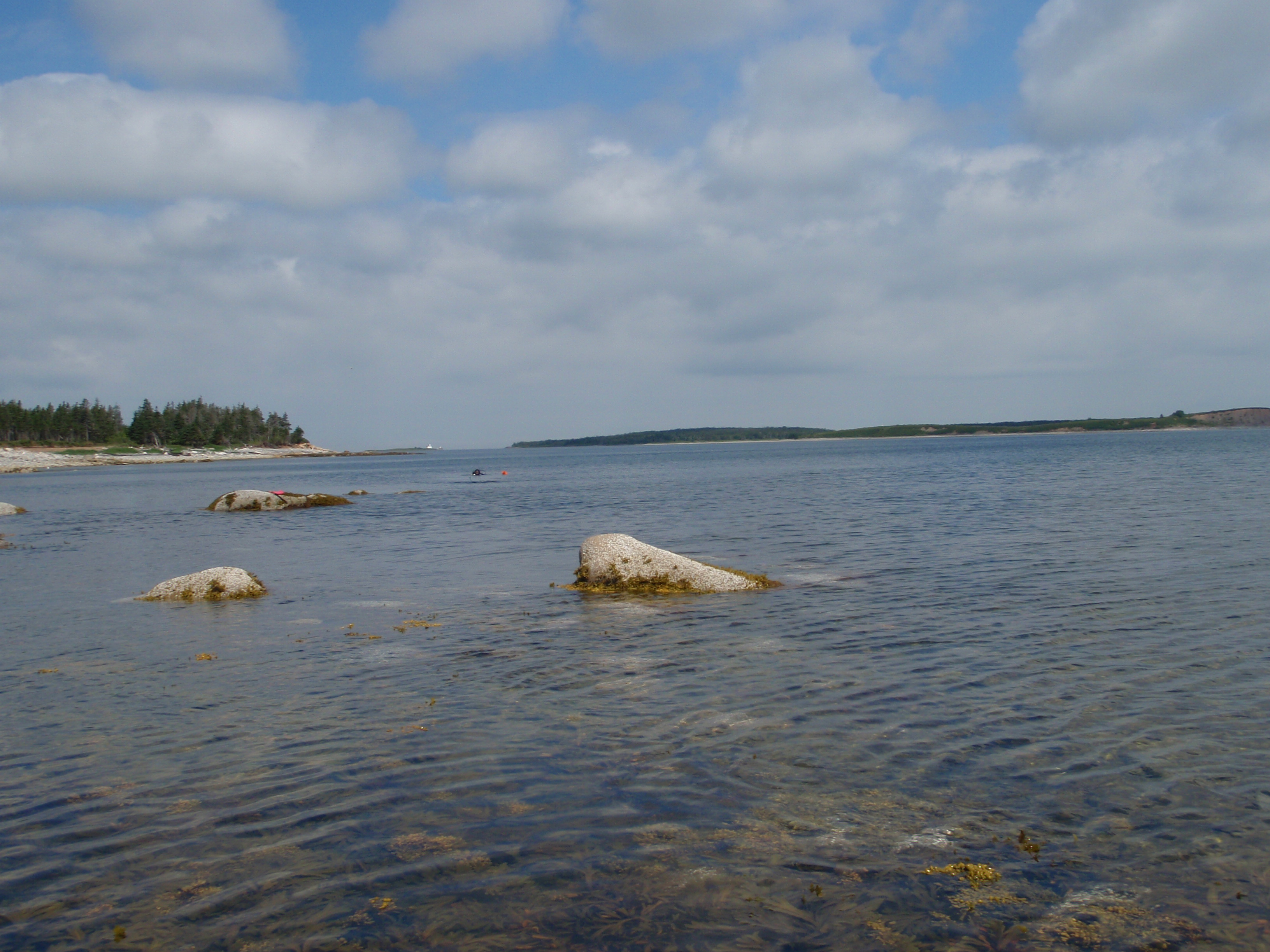
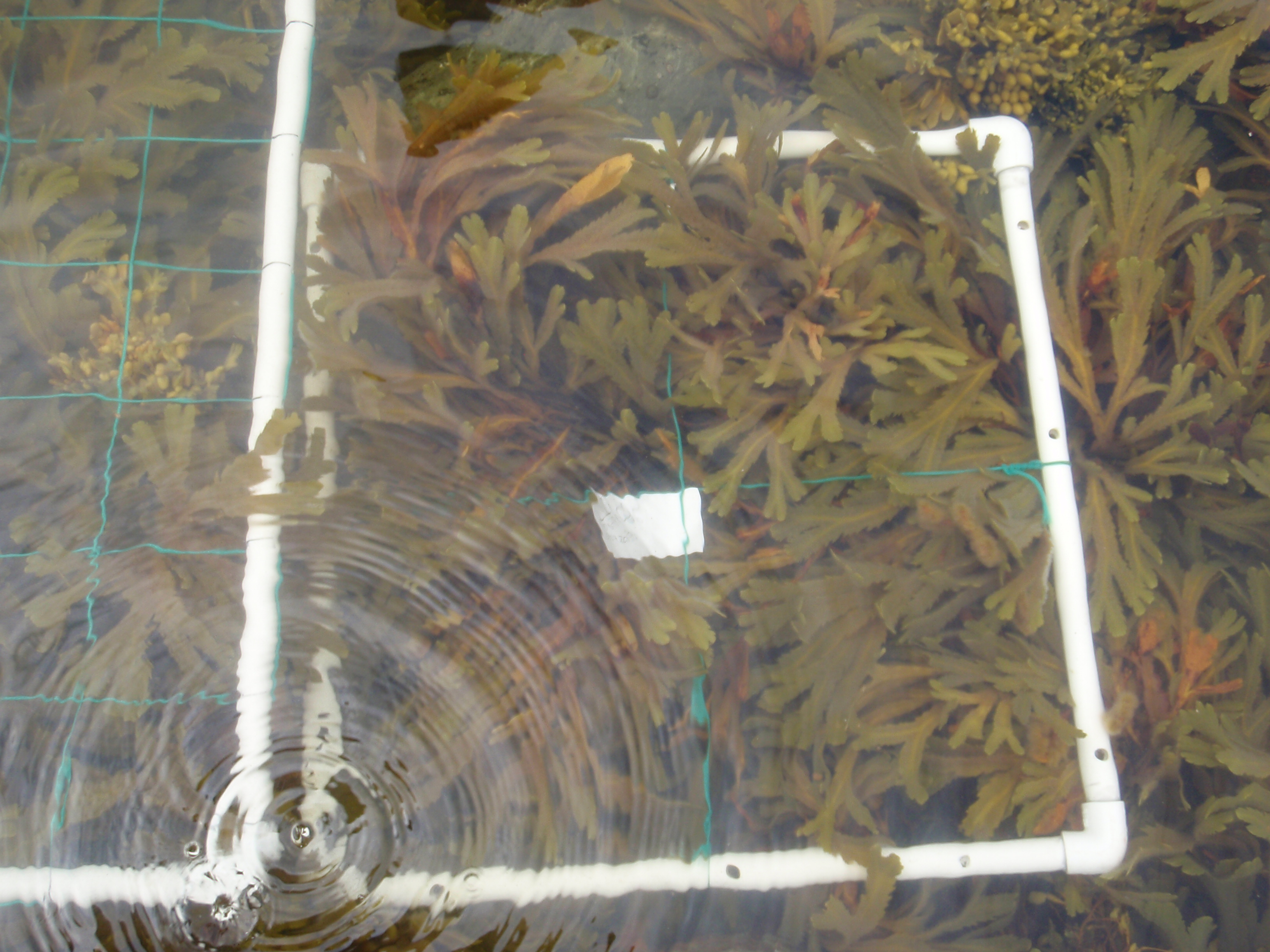
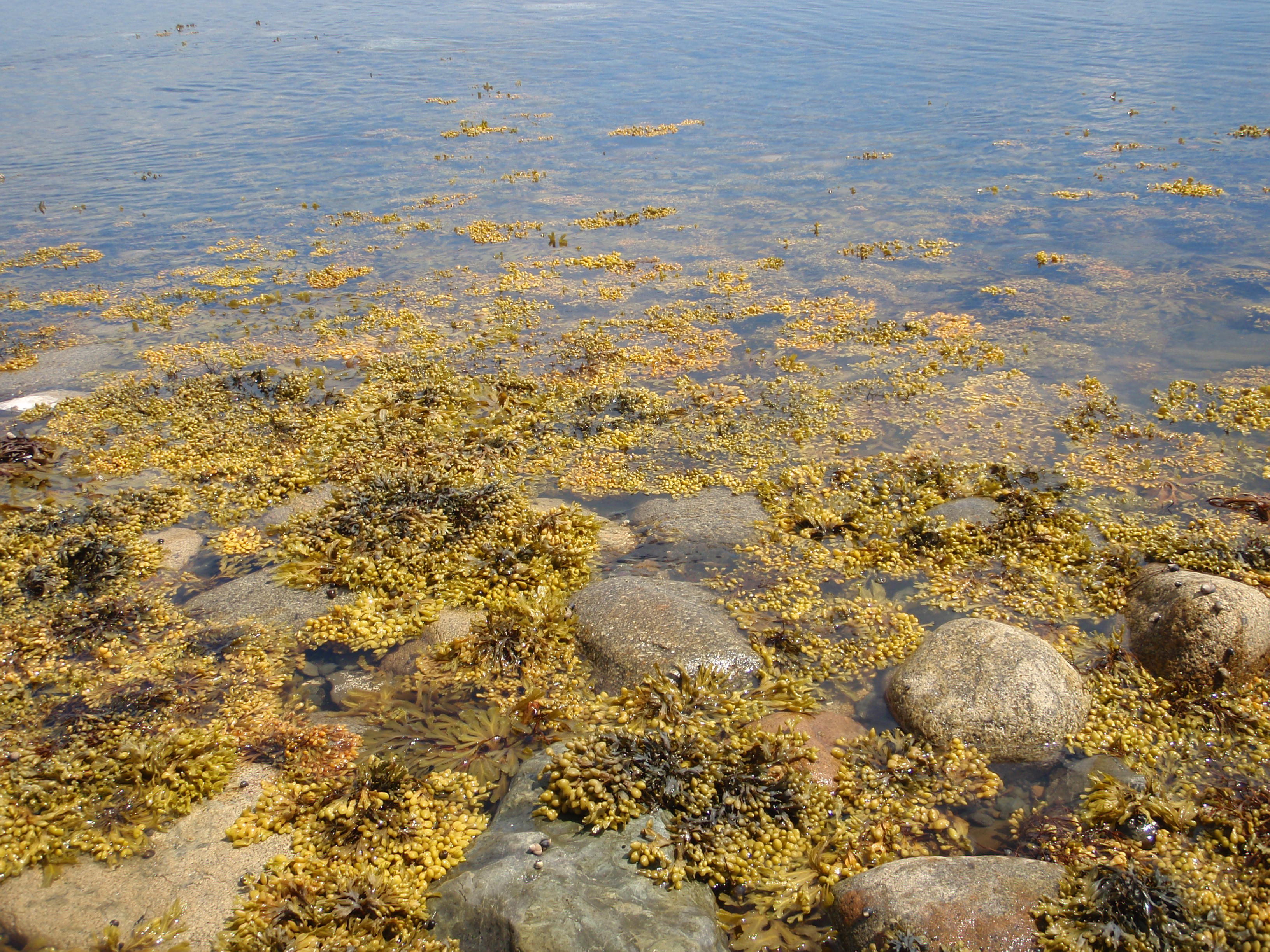
Sperm Whale 2012
Dead Sperm Whale was found near Little Dover 2012.
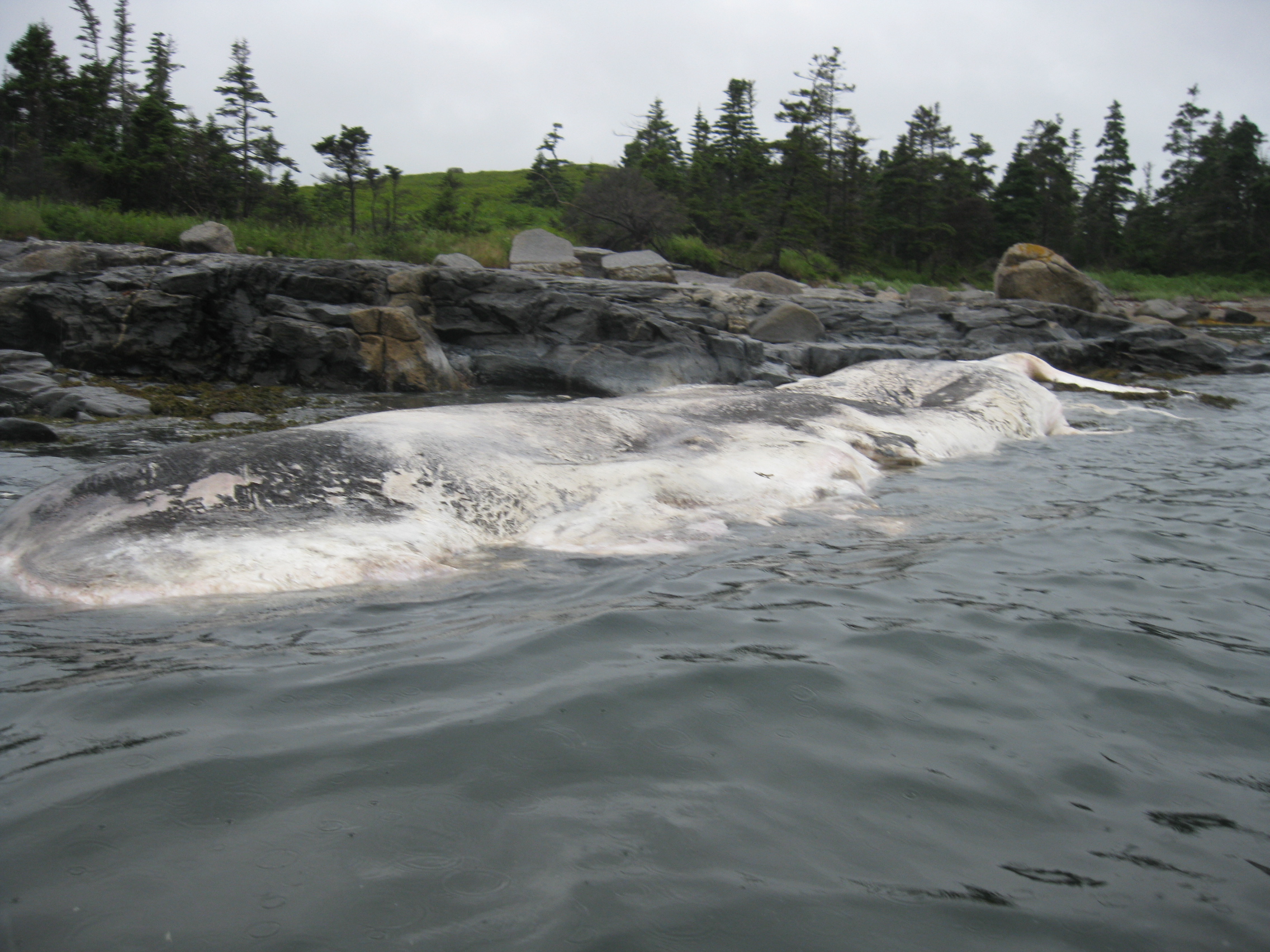
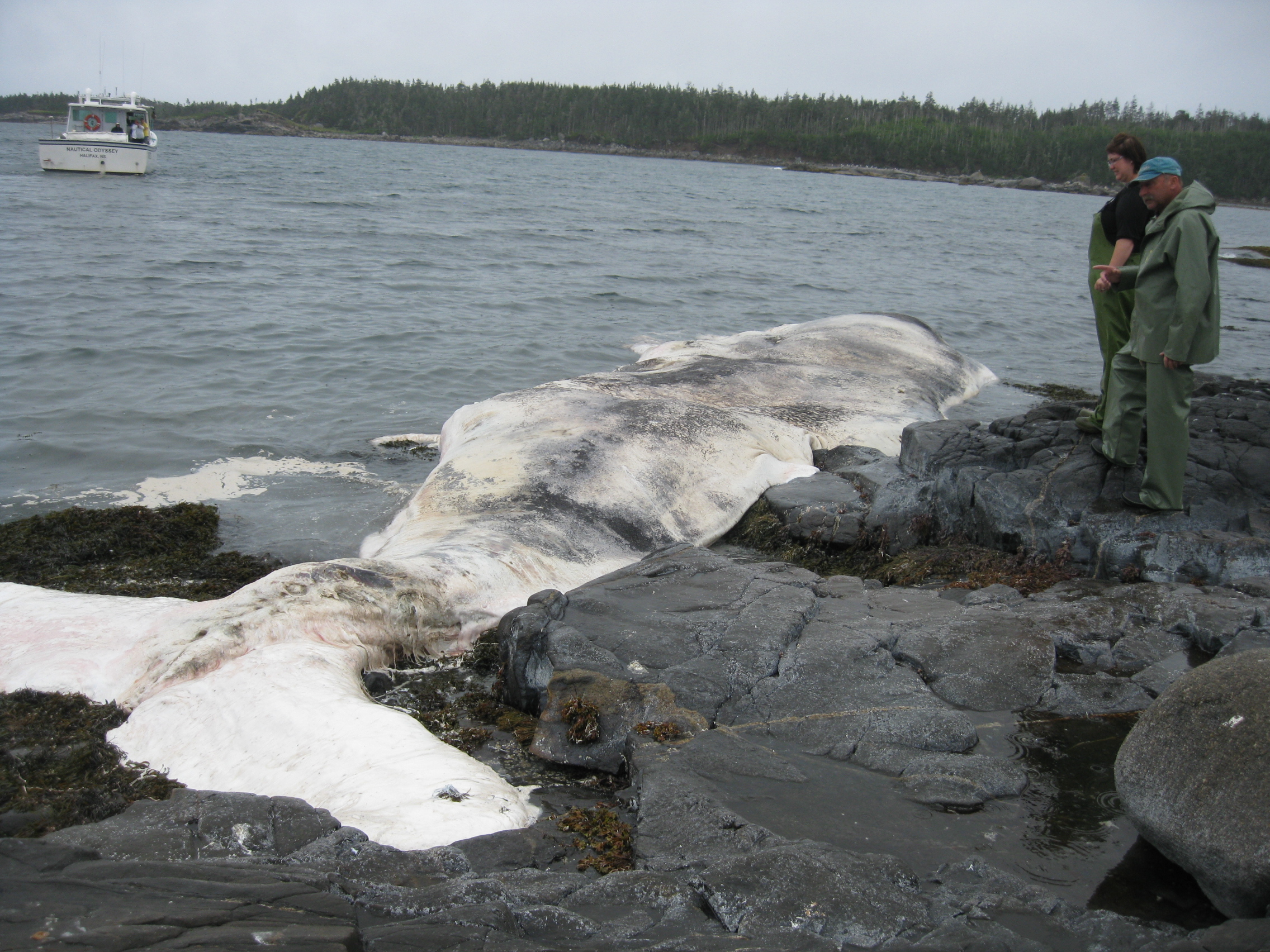
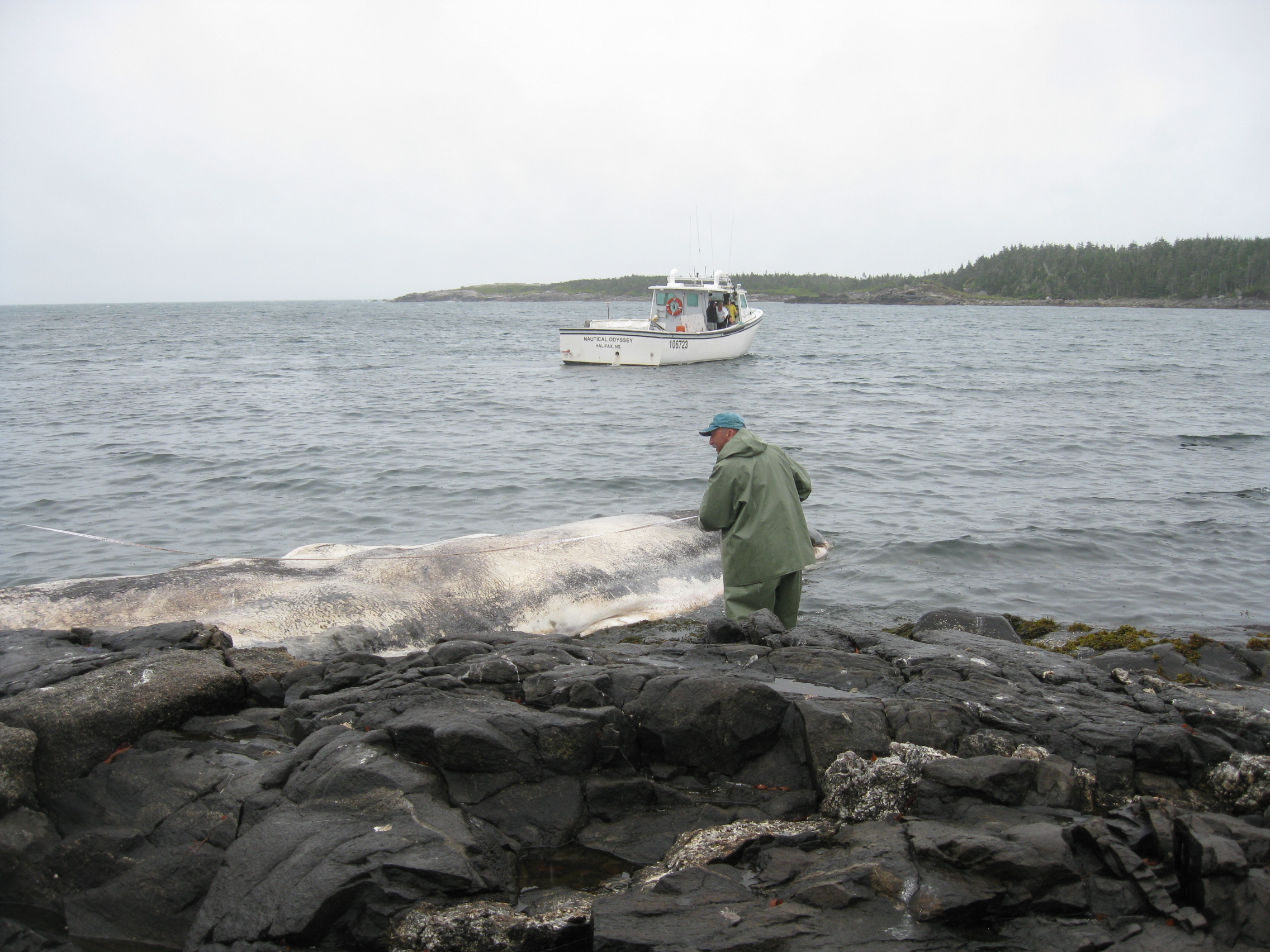
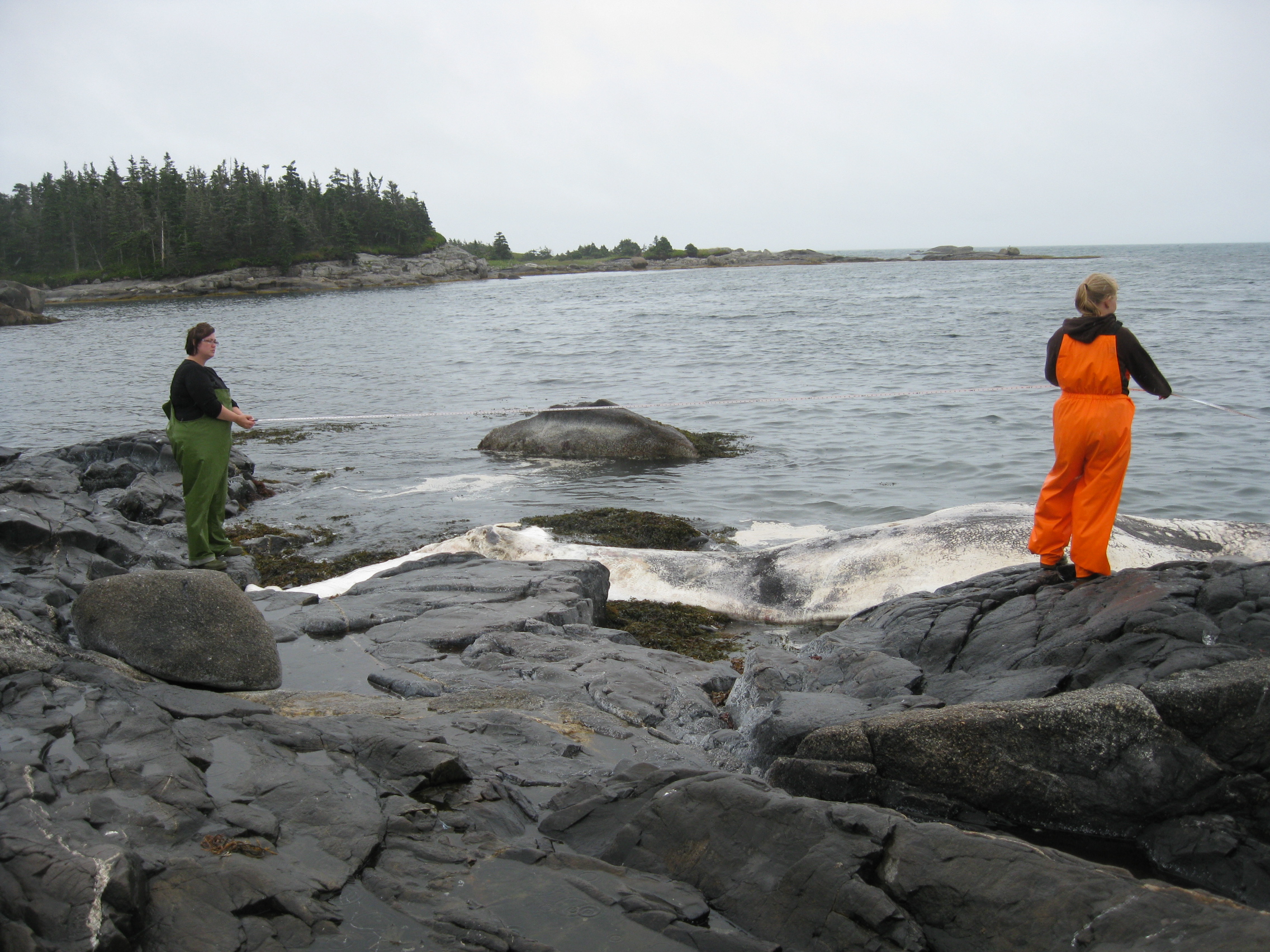
Newsletters, Bycatch and Research Objective PDF's
















































